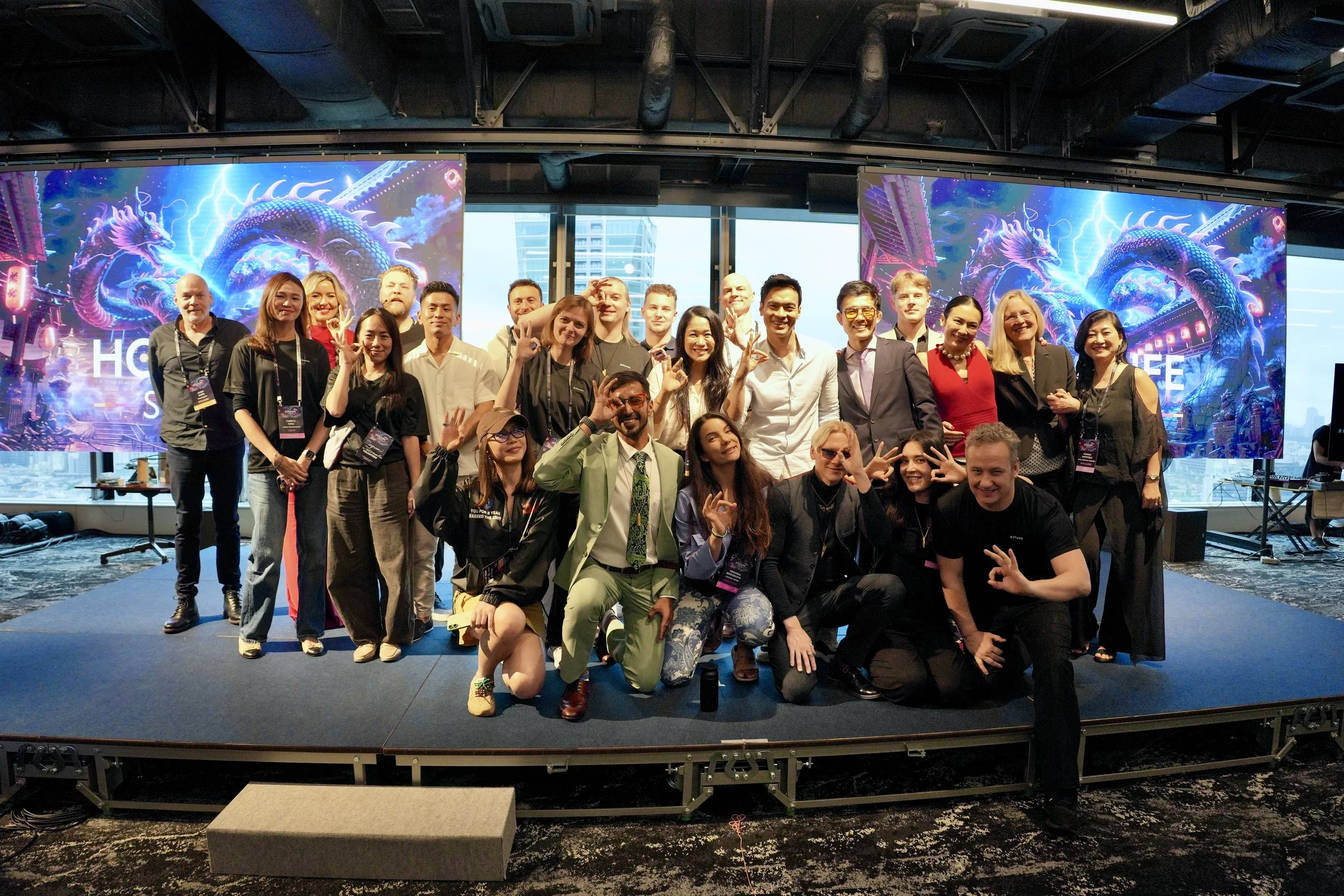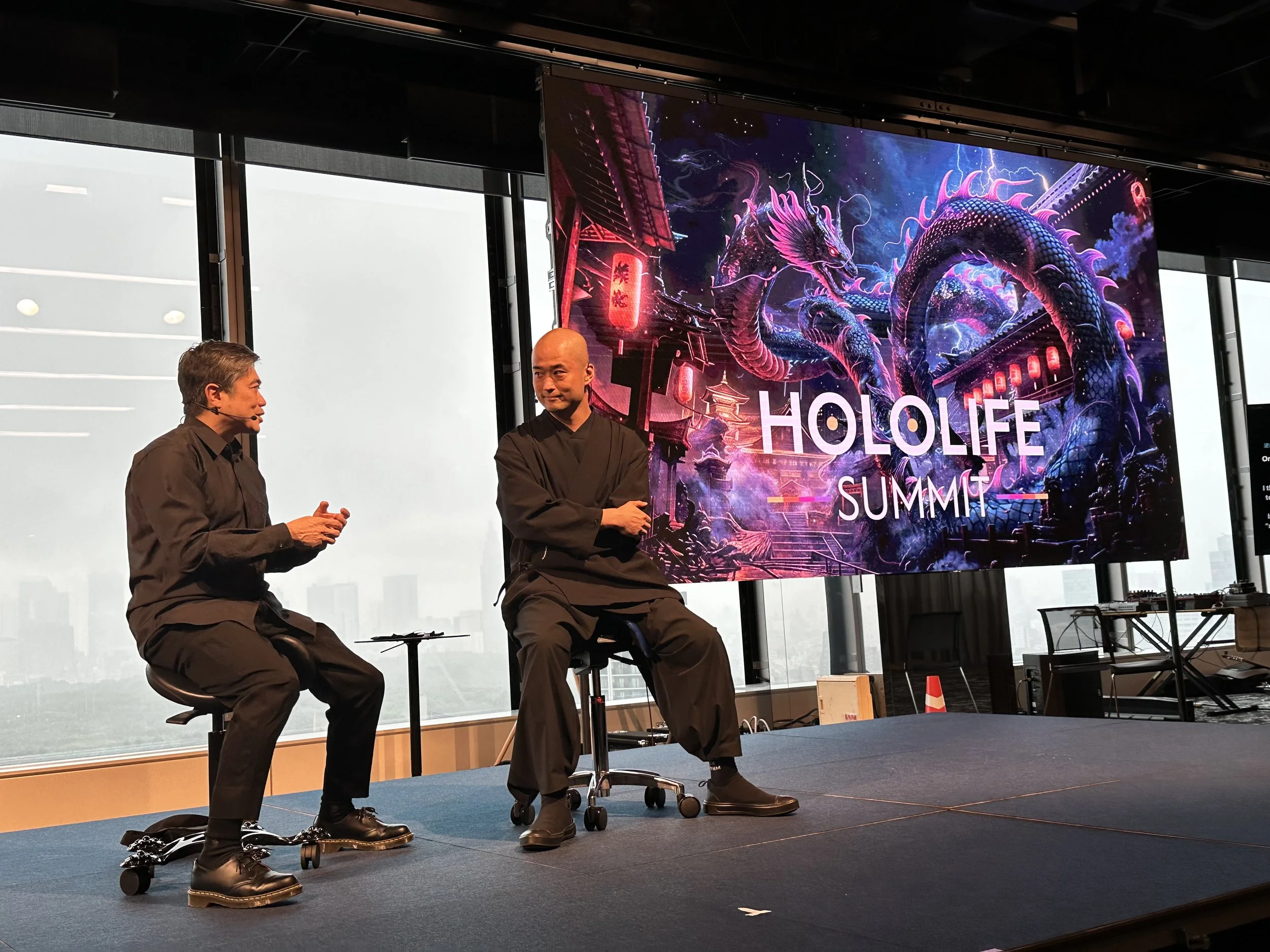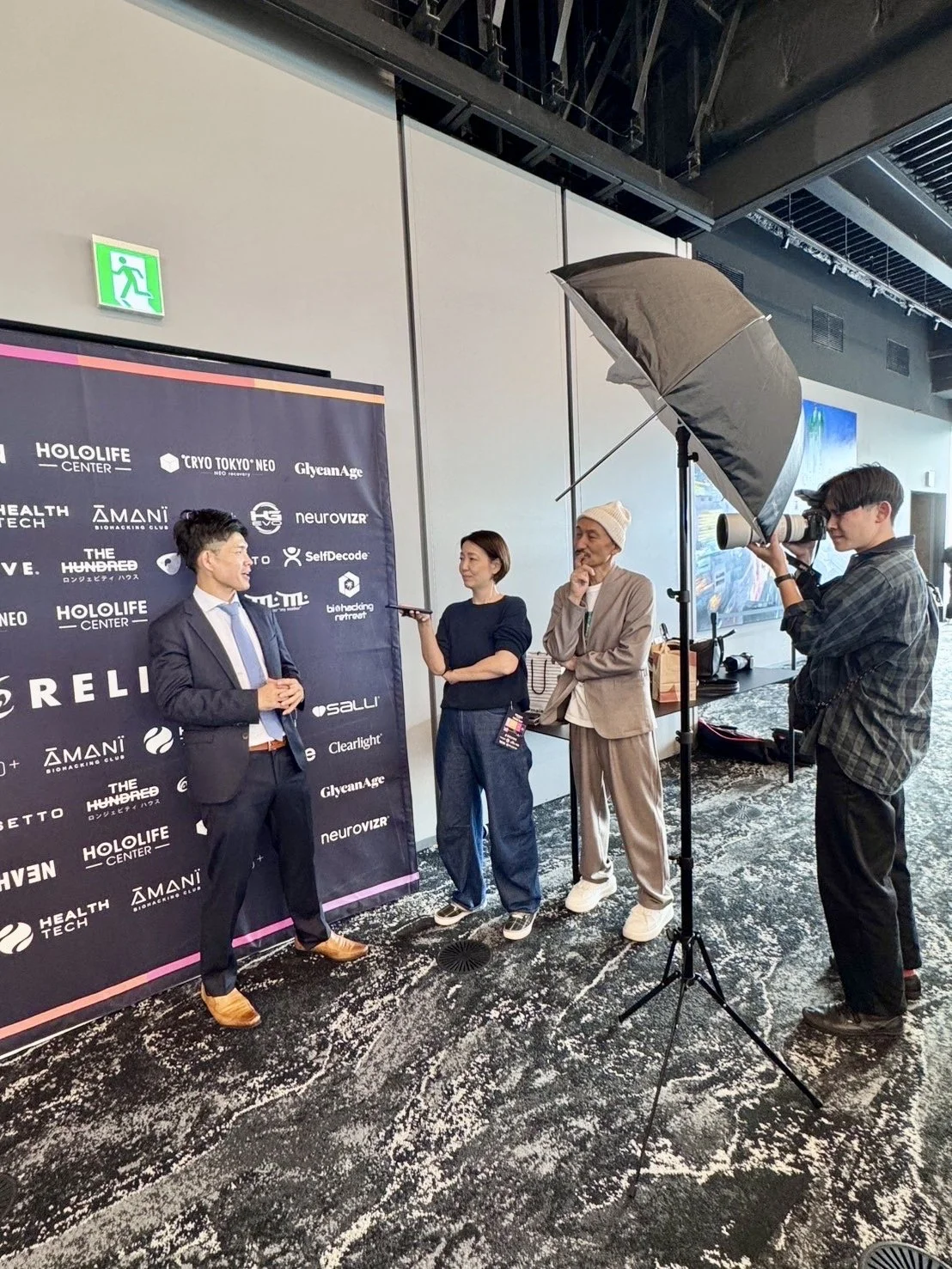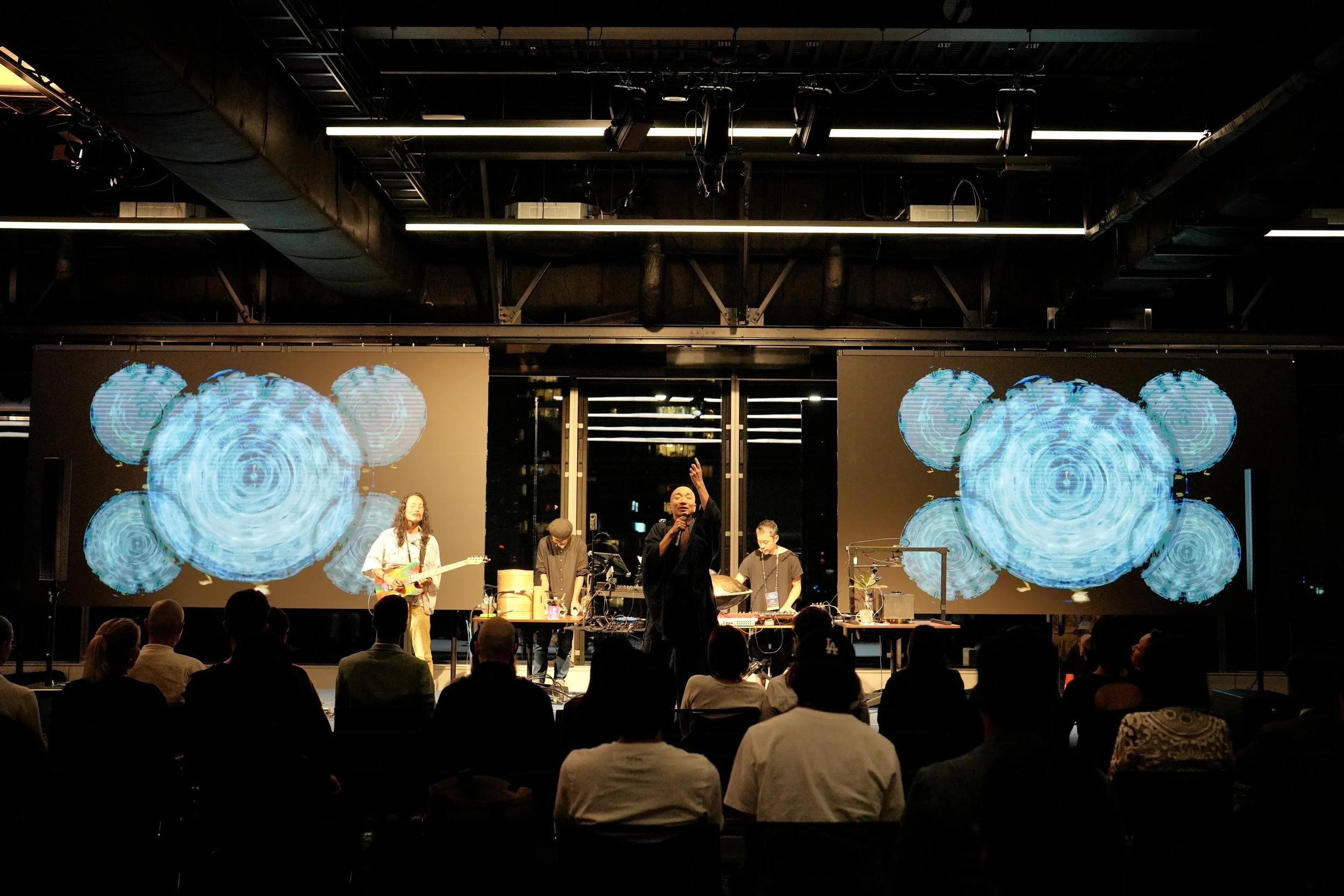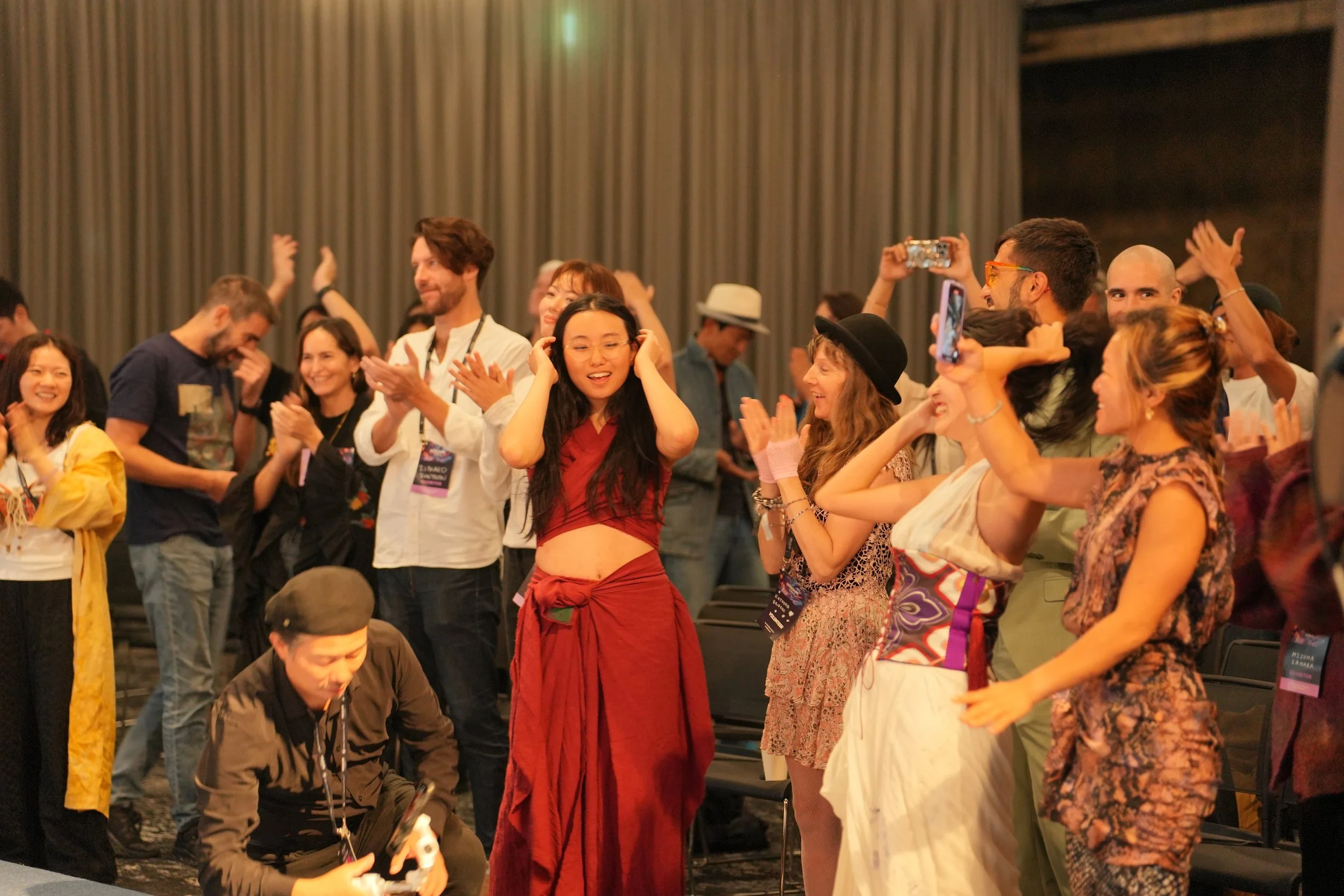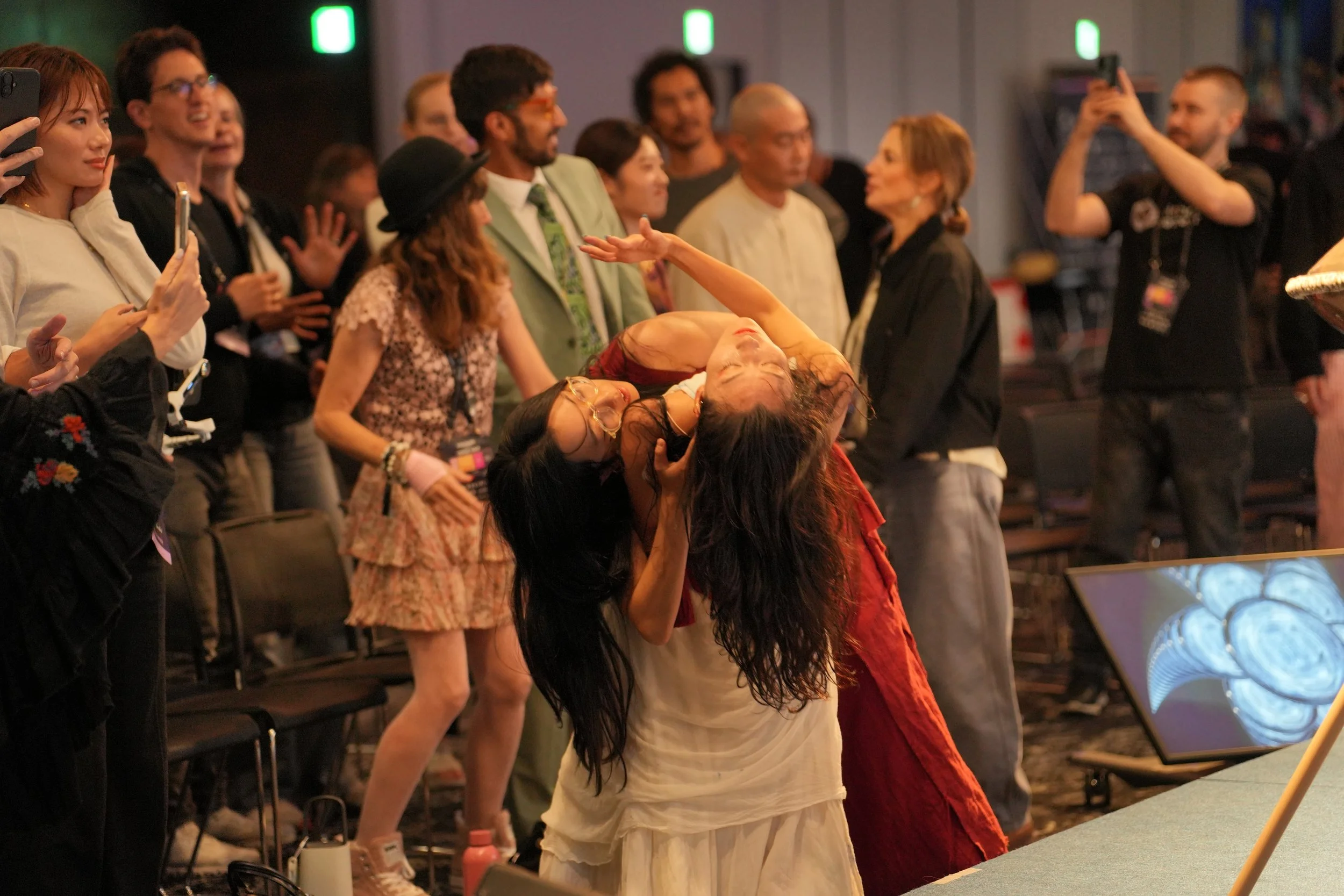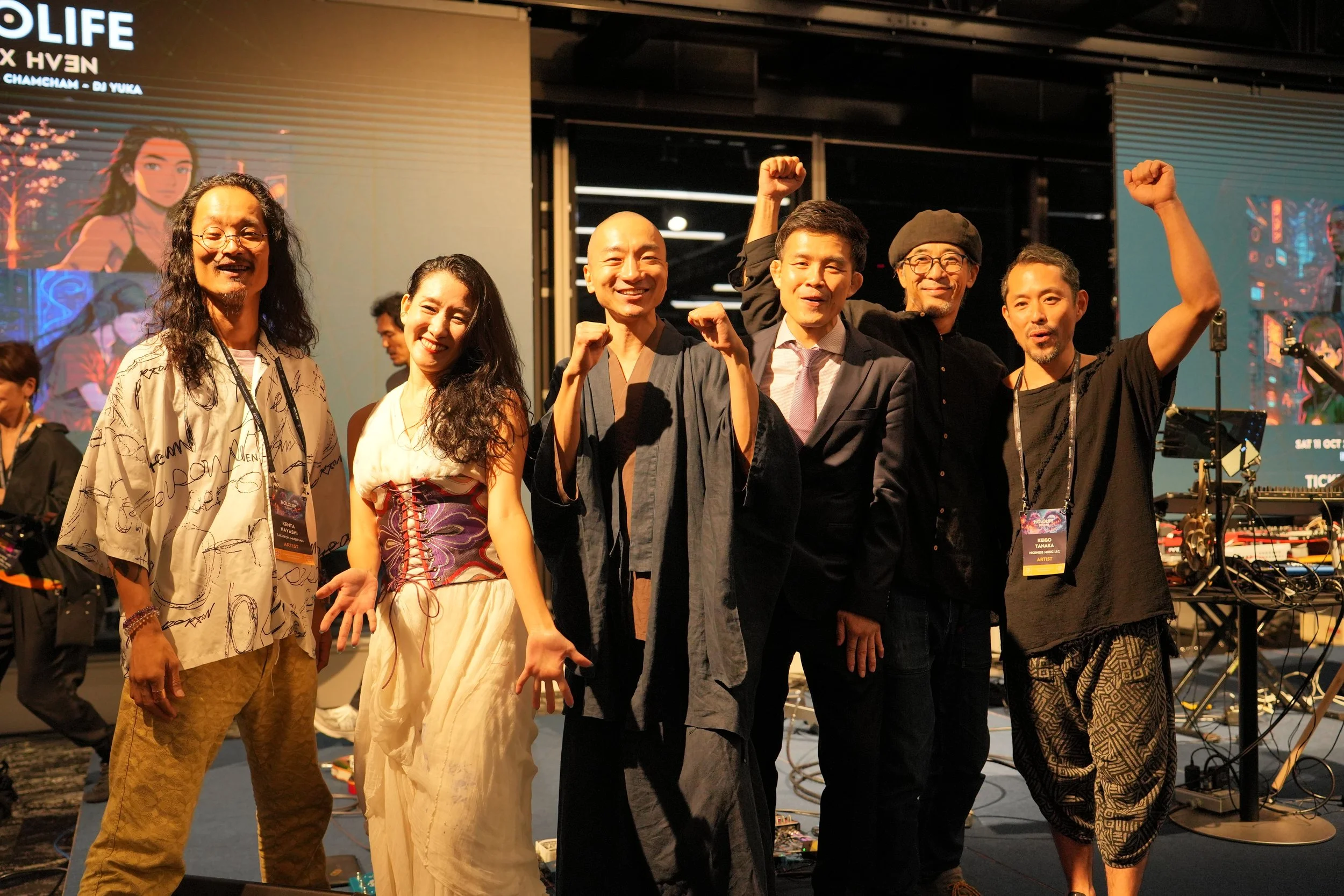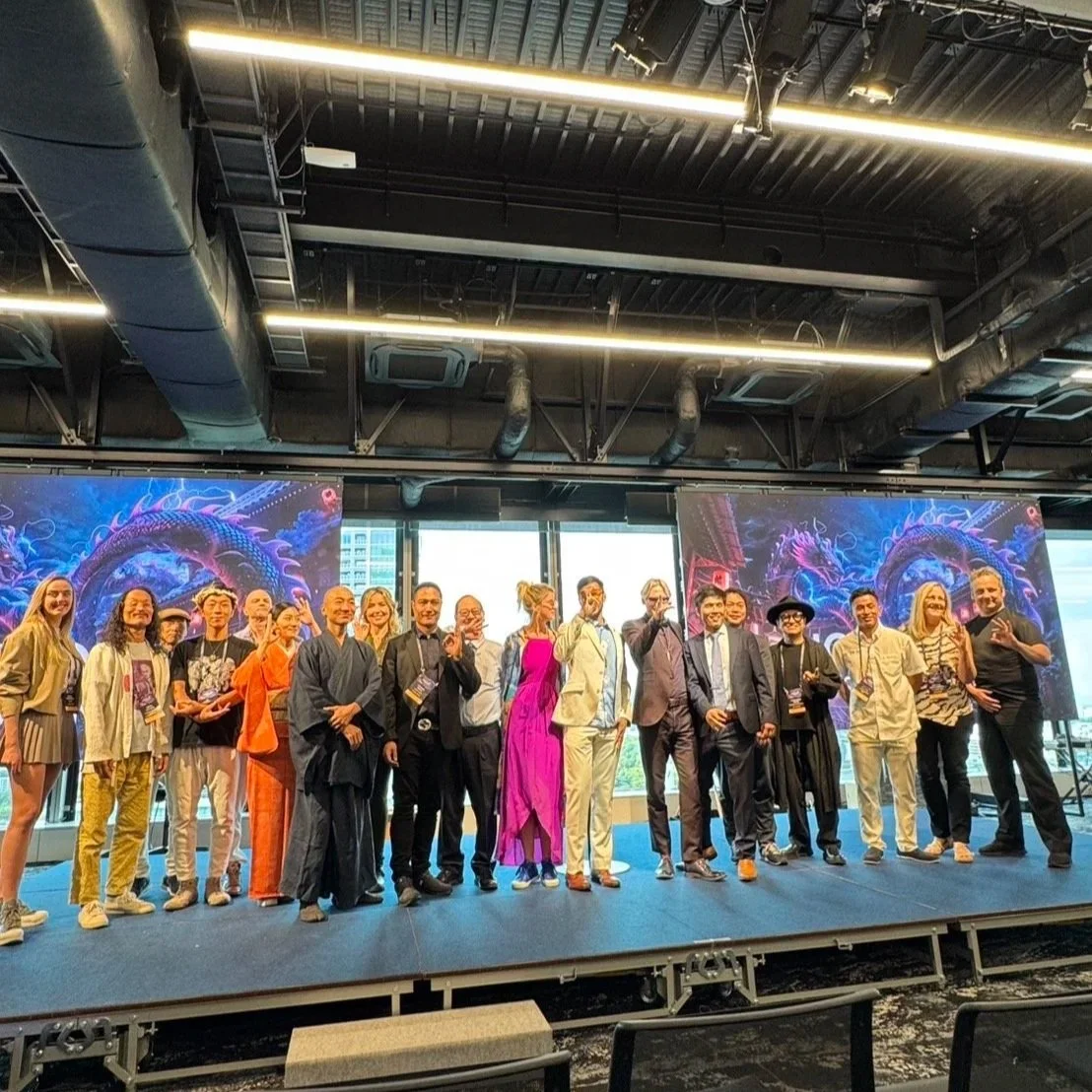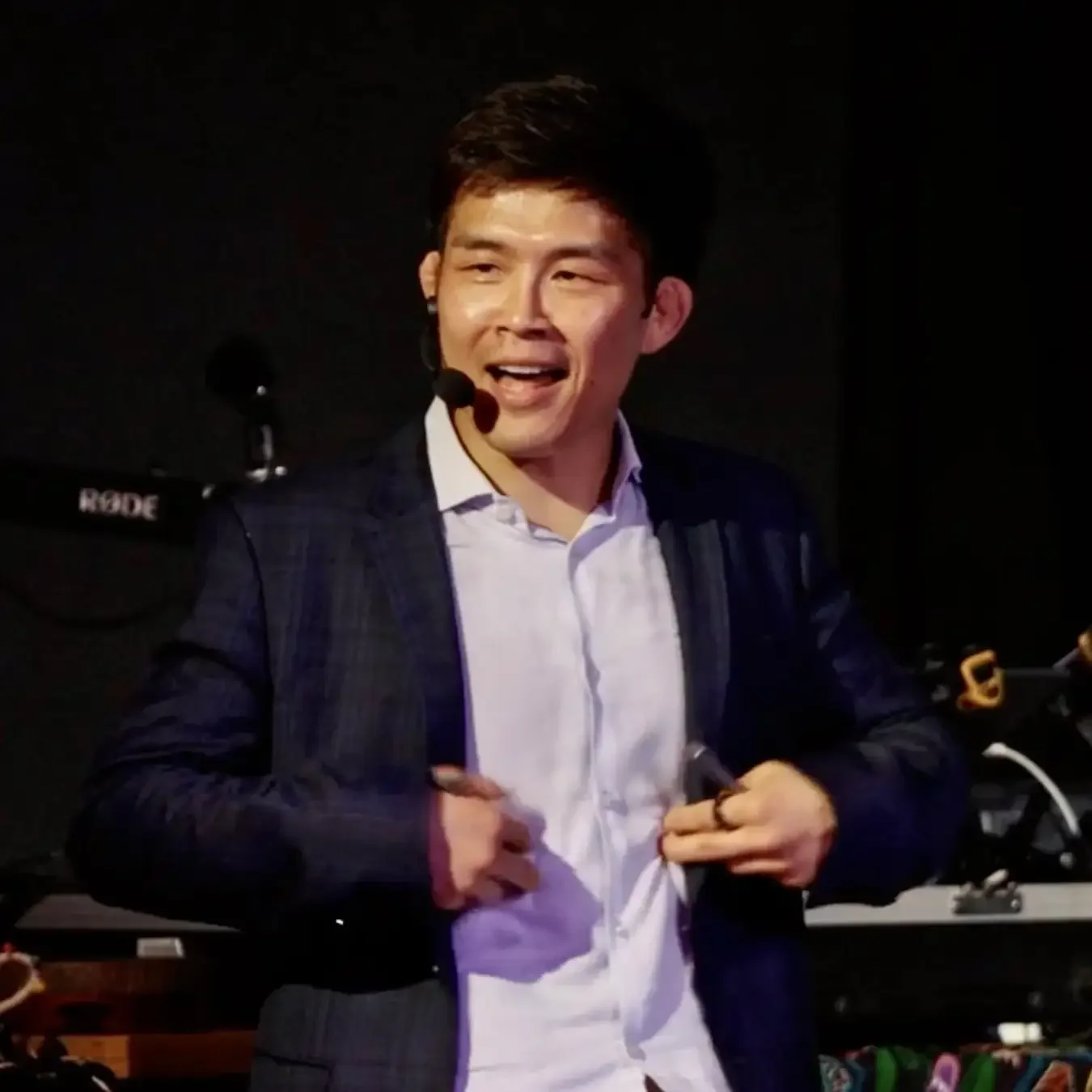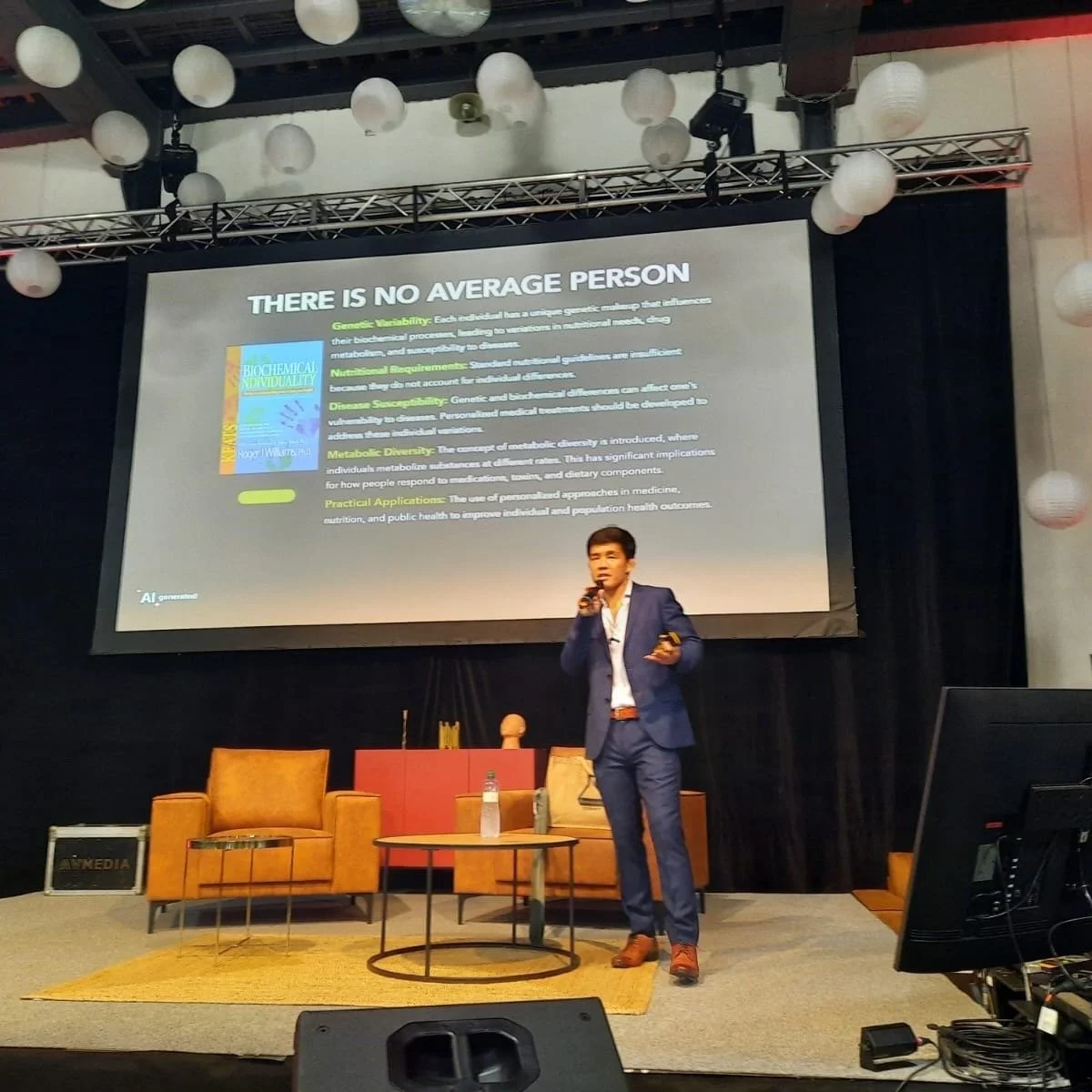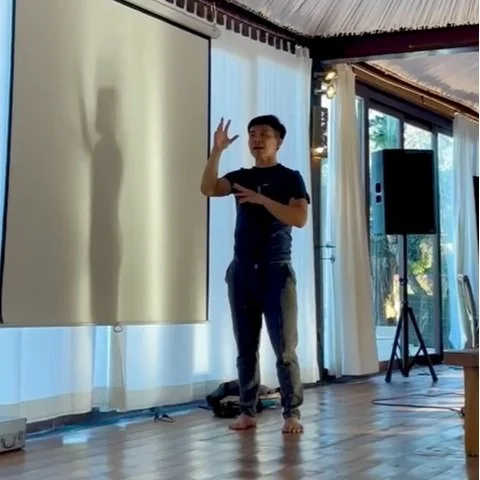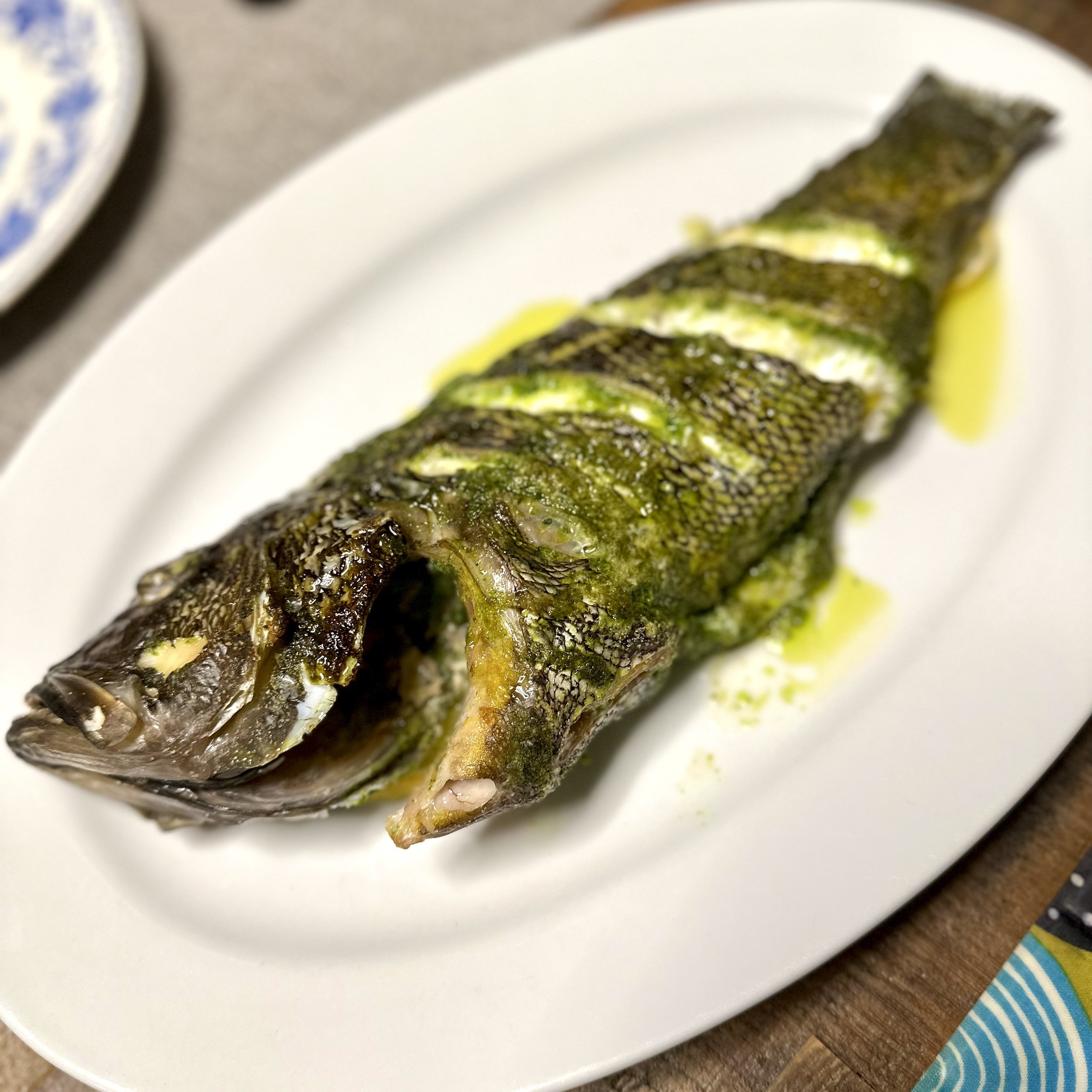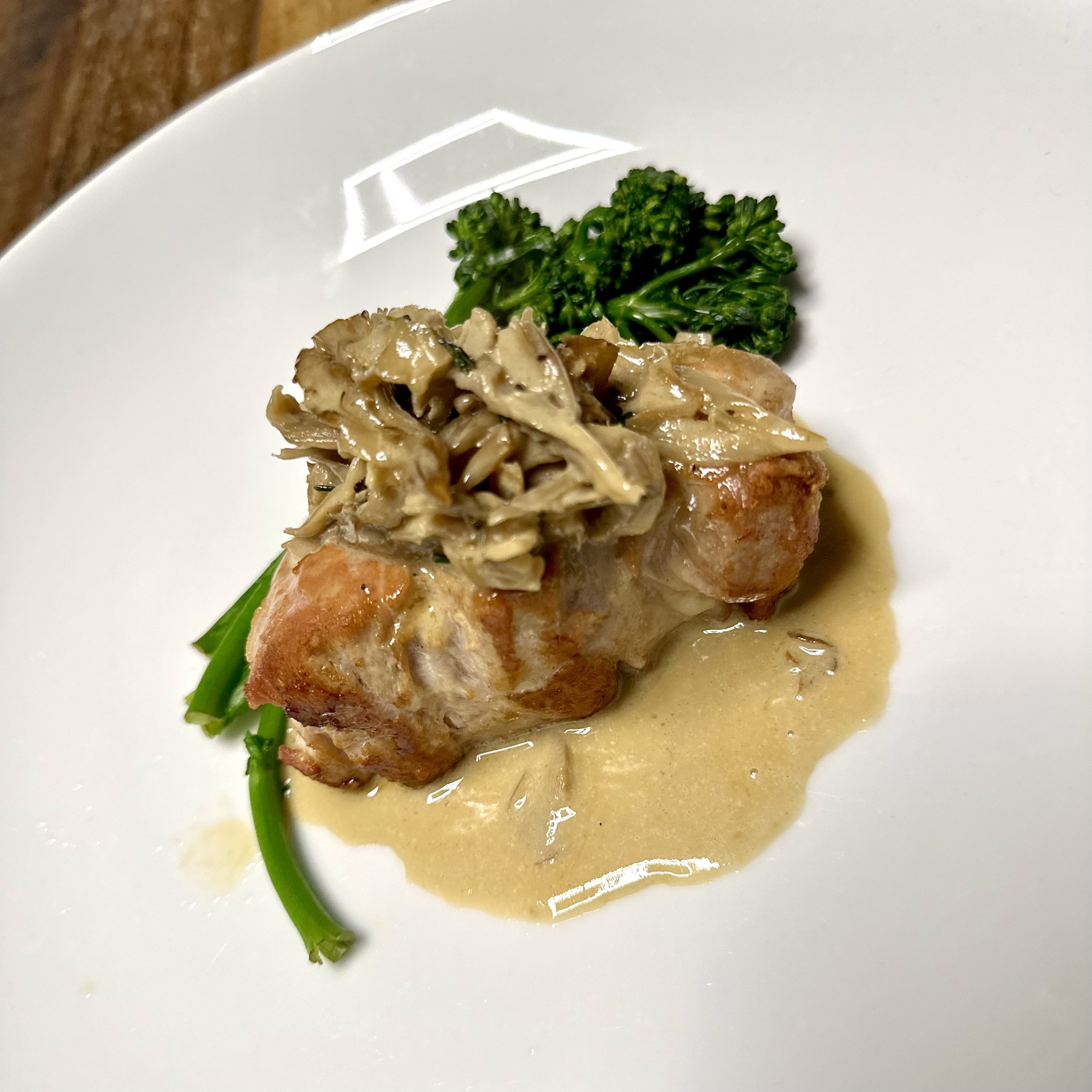HOLOLIFE Summit Tokyo 2025
The Next Global Wellness Superpower Isn't Silicon Valley. It's Japan.
Shibuya Parco, Tokyo
Title Sponsor Relive CEO Sasaki
The Death of Biohacking, The Birth of HoloLife
Let me be clear about something: the age of "biohacking" as we know it is over.
The term itself has become a liability. It sounds illegal, cold, obsessed with optimization at the expense of actual living. Walk into any biohacking conference in San Francisco and you'll find people so focused on extending their lifespan that they've forgotten to have a life worth extending. They're chasing metrics—HRV scores, glucose curves, sleep percentages—without asking the fundamental question: optimization for what?
This is where the concept of "Hololife" changes everything. Derived from "holos," meaning whole, it represents an evolution in thinking that the West desperately needs. Stop chasing more years in some hypothetical future. Start living with purpose, quality, and presence now. Your body, mind, values, relationships, and mission aren't separate systems to be individually optimized—they're one integrated whole.
Think of it as 80/20 lifestyle intelligence: identify the 20% of habits that create 80% of your wellbeing, then execute them with the precision of a tea ceremony and the consistency of the sunrise. Your life becomes art, not protocol. Your vision extends to 100 years, not the next quarterly earnings report.
This philosophical shift isn't just wordplay. It's the difference between surviving longer and actually living. And Japan has been practicing it for centuries.
Japanese Mr Internet, Joichi Ito and Hololife Chairperson Teemu Arina
The Zen of Longevity: Where Data Meets Dharma
At HOLOLIFE Summit Tokyo, our theme was "Zen of Longevity." Let me decode what this actually means, because it's not just marketing poetry.
Longevity in the Japanese context has never been about simply adding years. It's about living with ikigai (purpose), presence (zen), and integrity in how you use whatever time you have. When you track your sleep, your glucose, your heart rate variability—these aren't just data points to optimize. They become a meditation practice —a way to deeply know yourself.
Consider how different this is from the Western approach. In Silicon Valley, people inject themselves with experimental peptides to gain an edge. In Tokyo, a 95-year-old woman walks to the market every morning, not because her fitness tracker told her to, but because buying fresh vegetables connects her to her community, gives her day structure, and maintains her autonomy. Both might live to 100, but who's actually living?
The numbers tell the story. Japan has nearly 100,000 centenarians, making it one of the countries with the highest concentration of people aged 100 and older. As of September 2025, Japan reported 99,763 centenarians.
The country’s adult obesity rate is about 4%, far below the 42% rate reported in the United States. Official health and nutrition data support these figures.
The Japan Times – Record 99,763 centenarians in Japan (Sept 2025)
Taipei Times – Japan’s 95,119 centenarians (Sept 2024)
Global Nutrition Report – Japan Country Profile (Obesity ≈ 4%)
National Institute of Biomedical Innovation, Japan (Obesity under 4%)
TIME – Japan’s Food Culture and Low Obesity (≈ 4.5% vs 42% U.S.)
Falstaff – Japan has the highest density of centenarians
This isn't because they're obsessed with longevity. It's because, in Japanese culture, health isn't separate from life—it IS life.
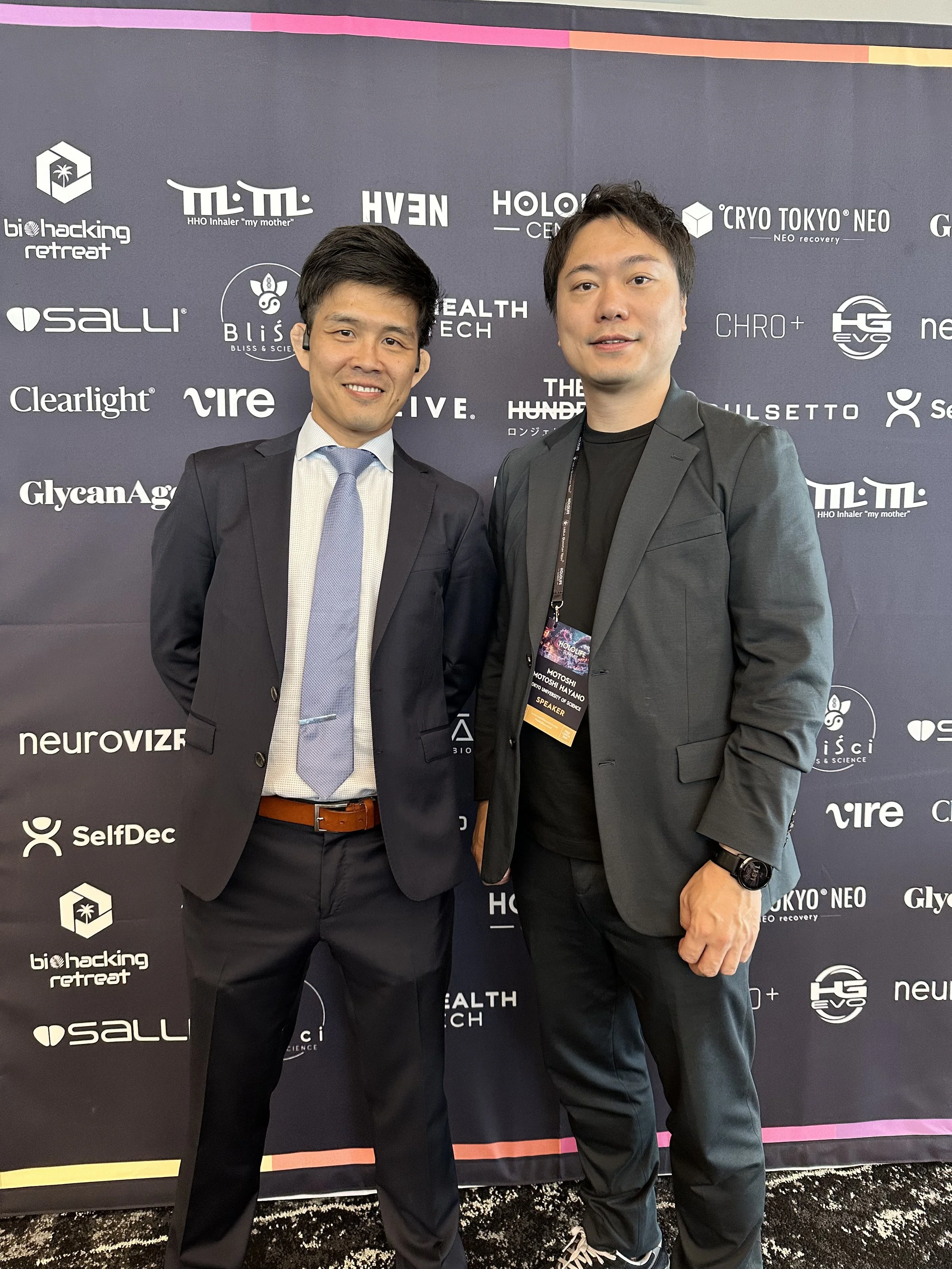
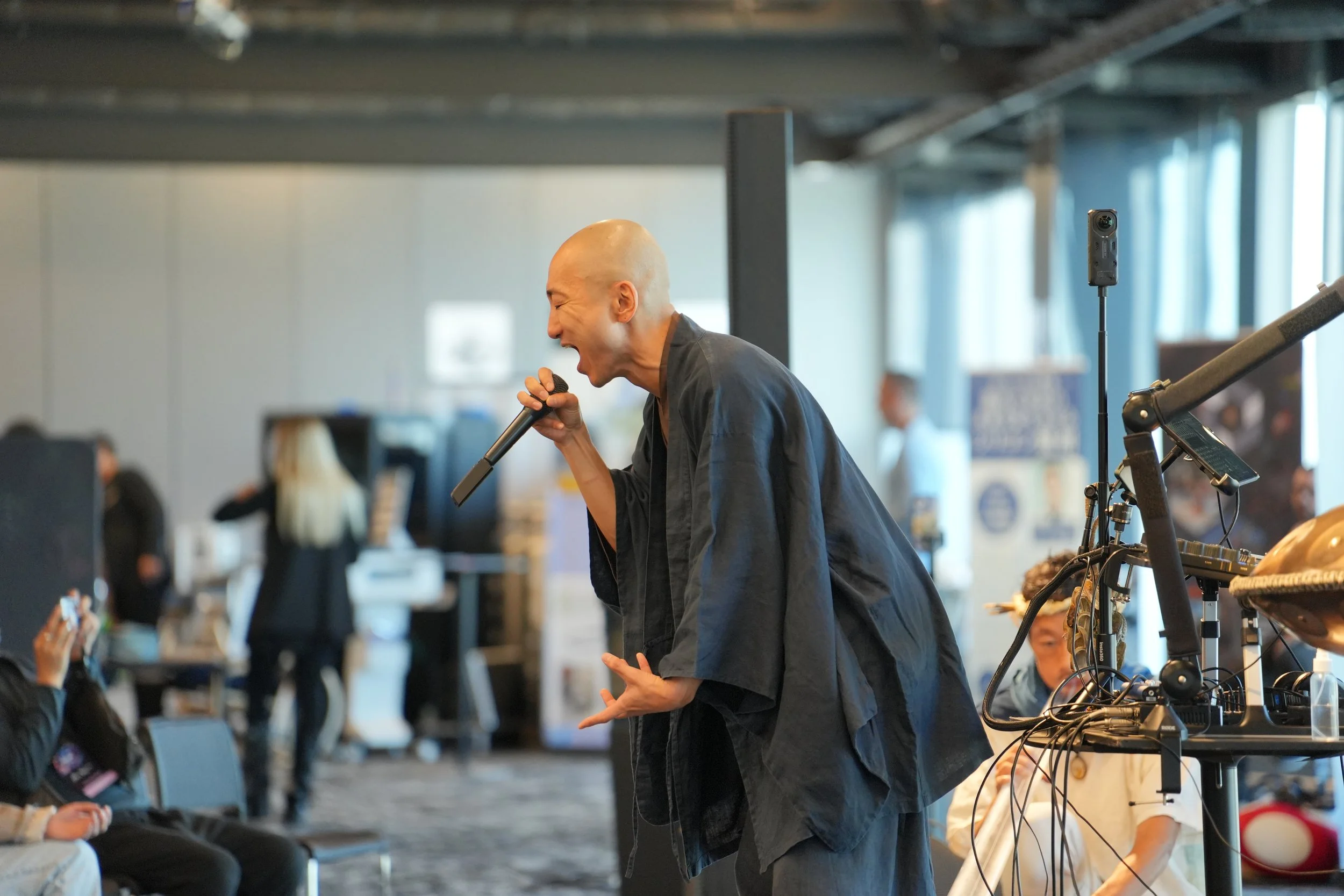
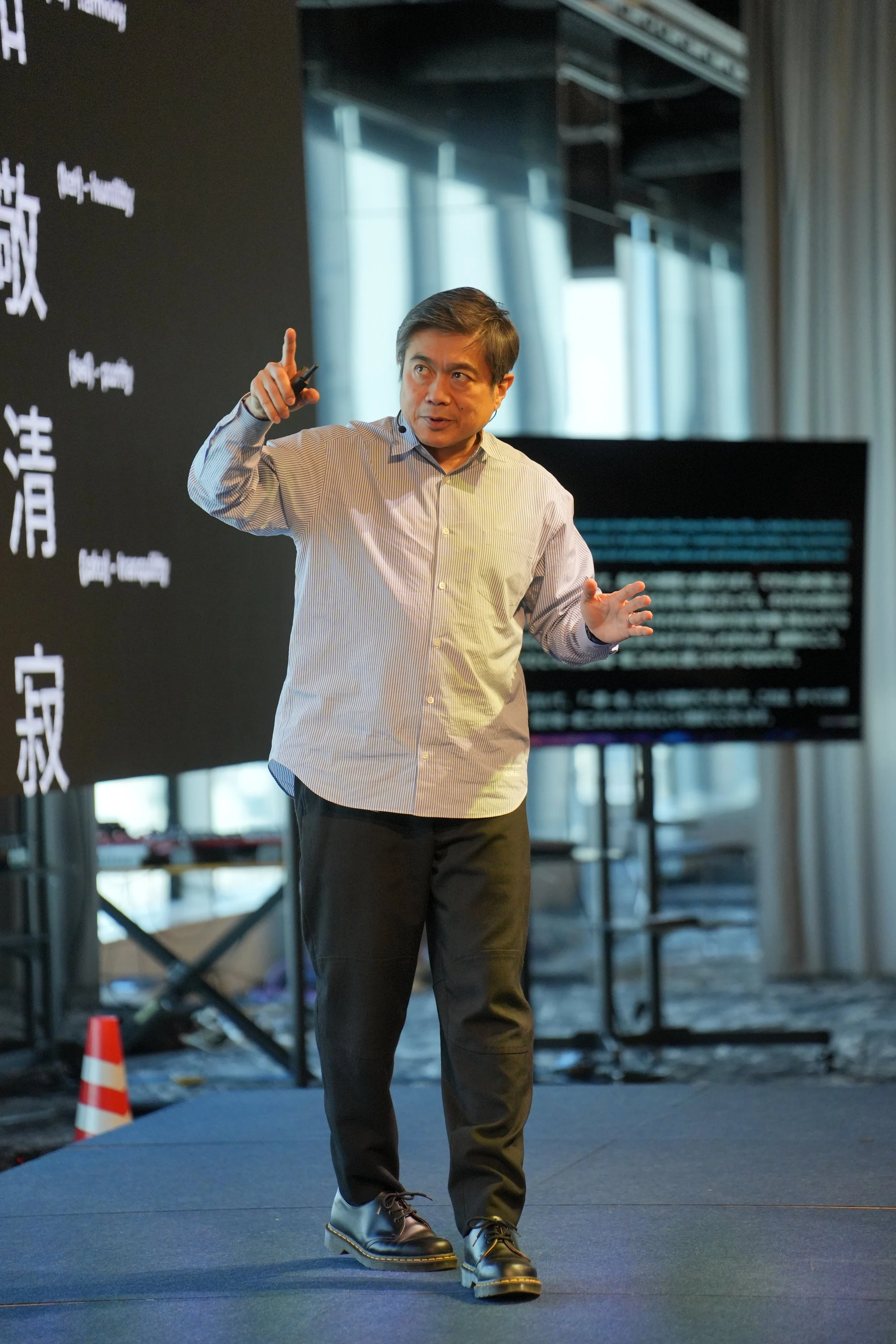
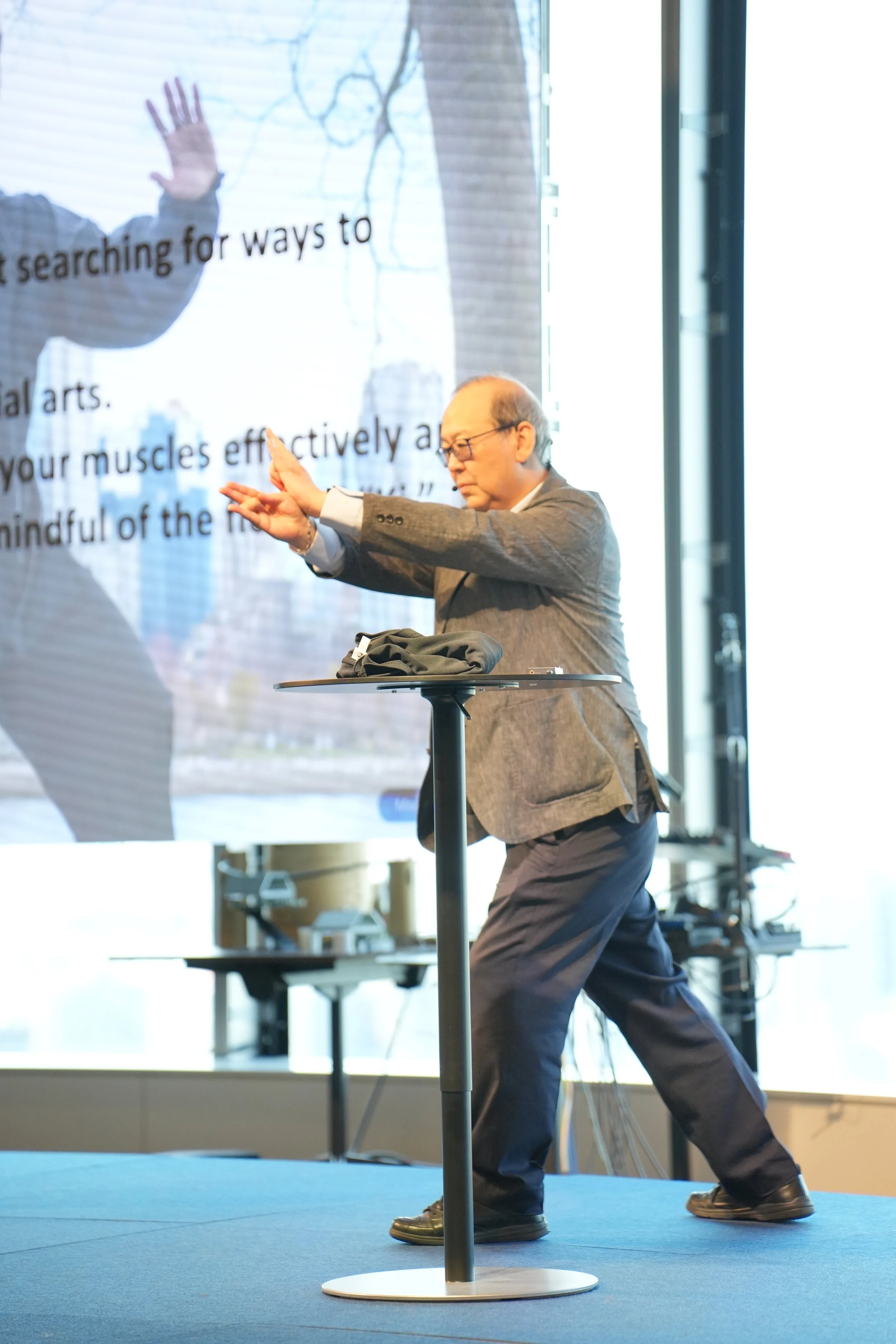
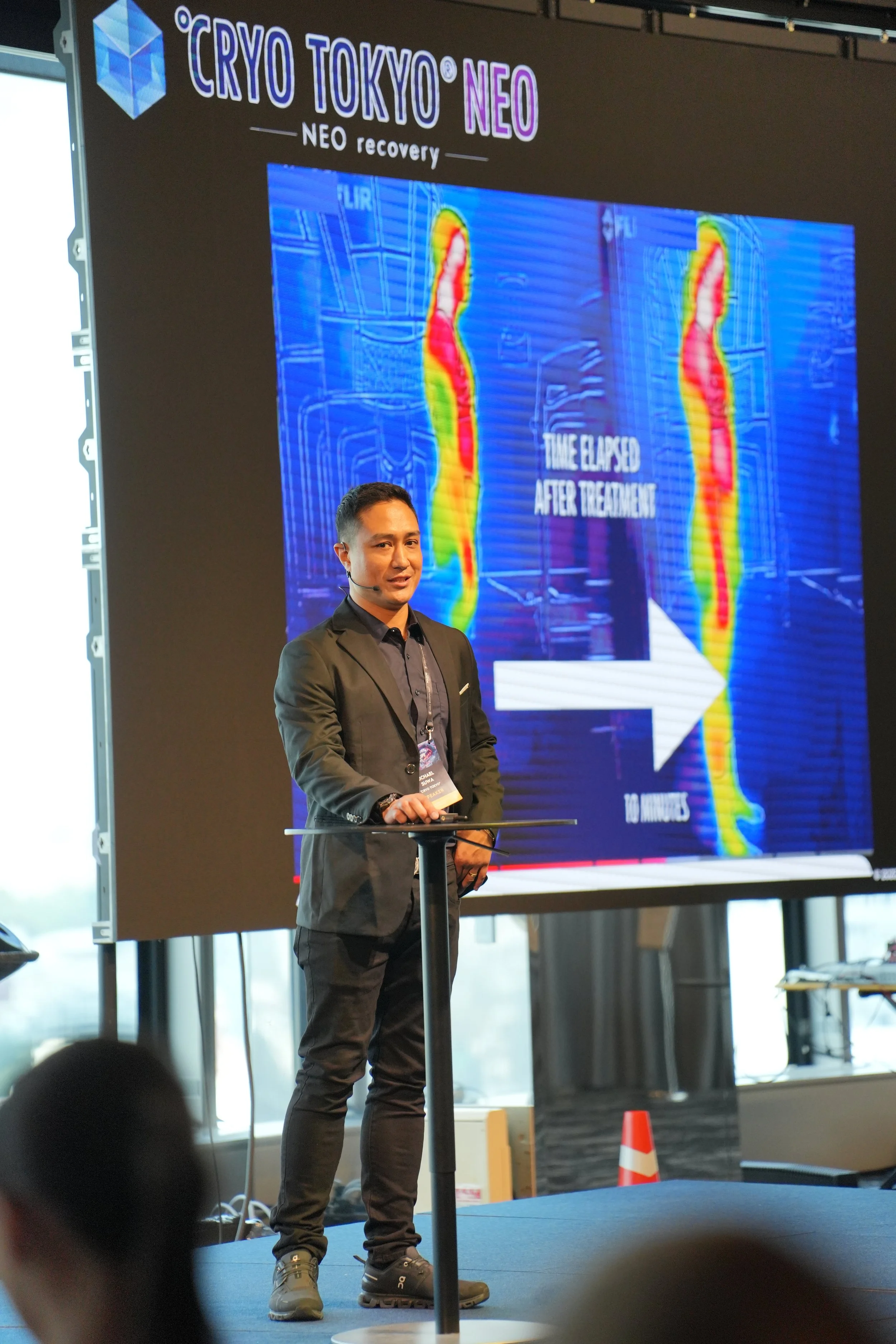
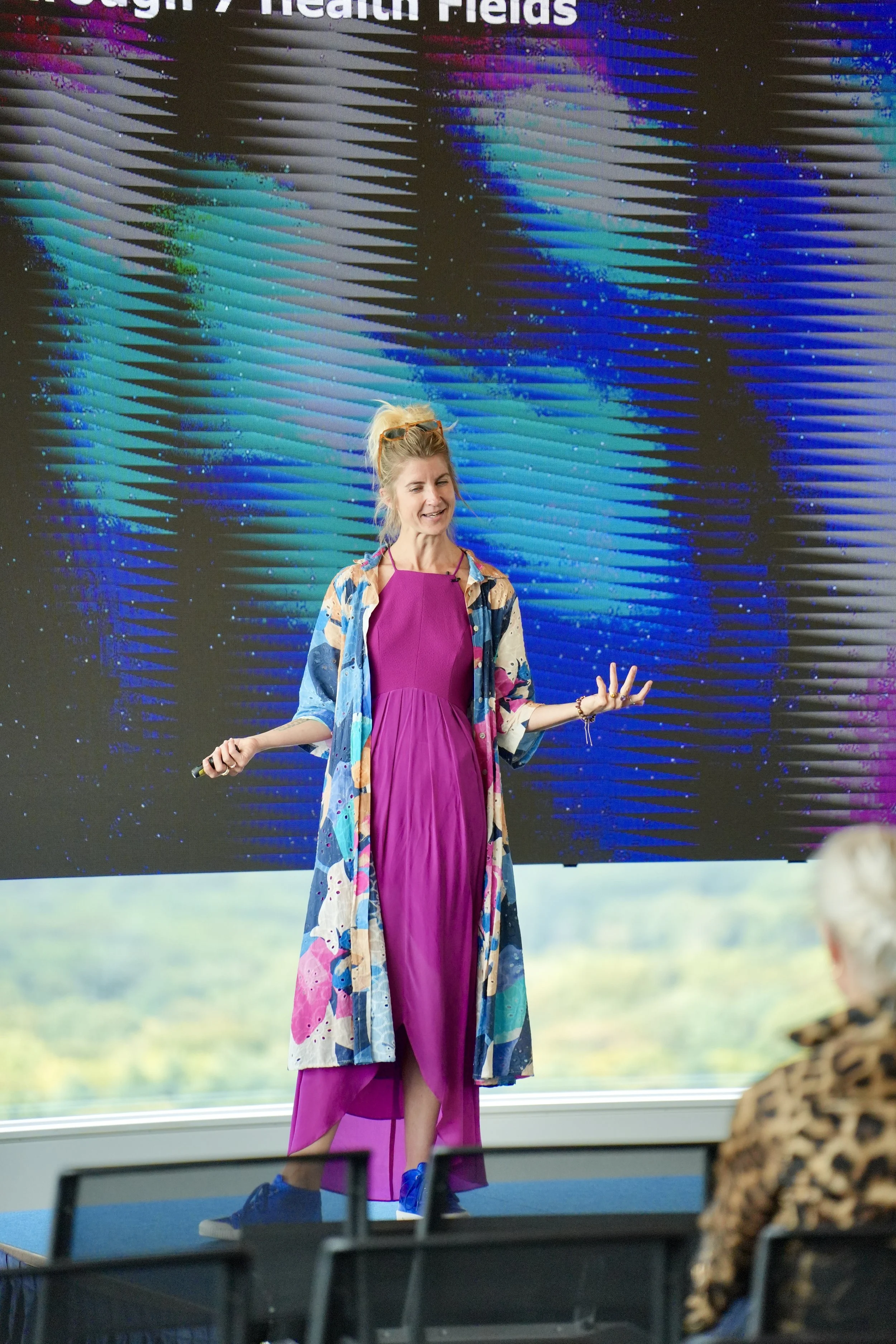
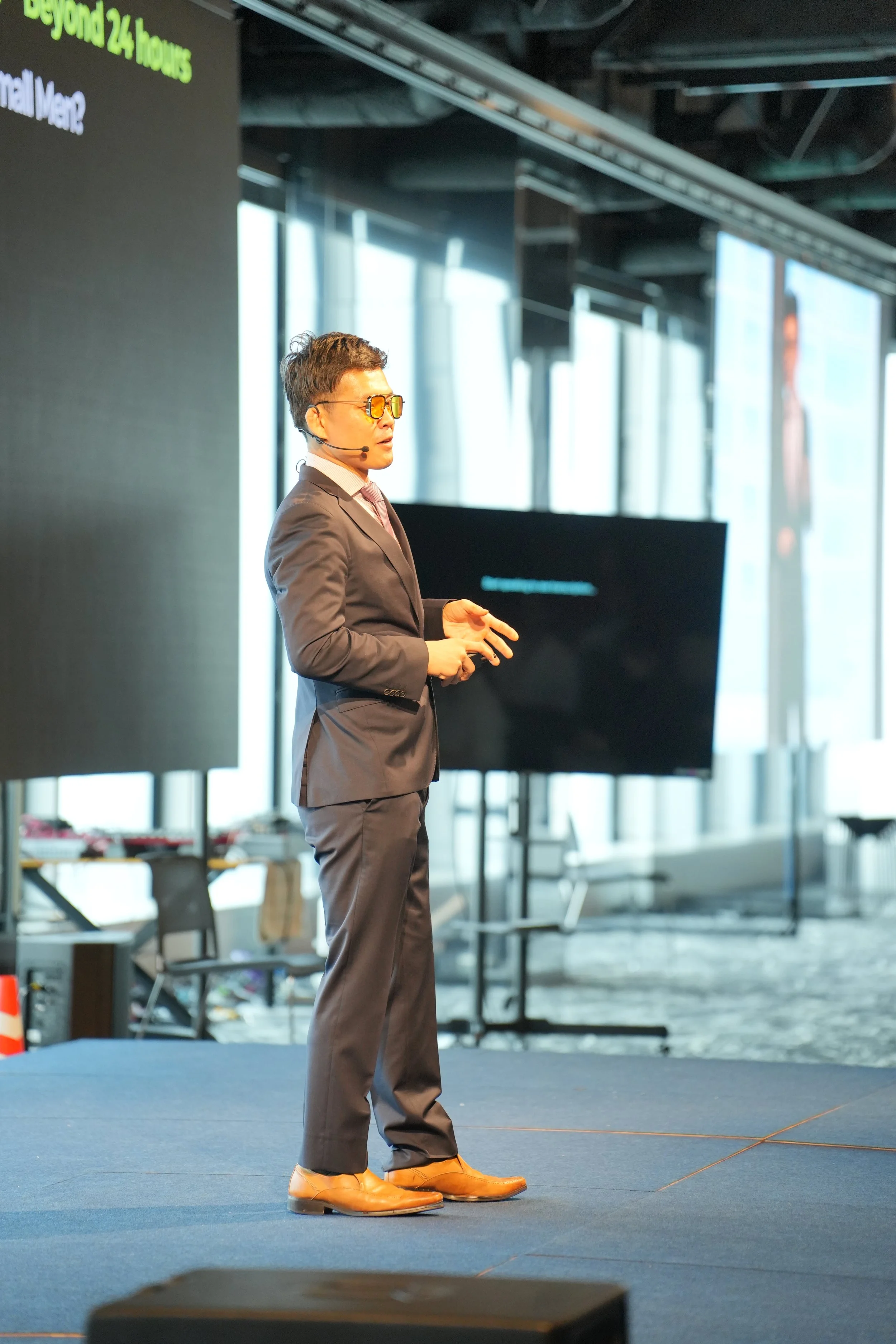

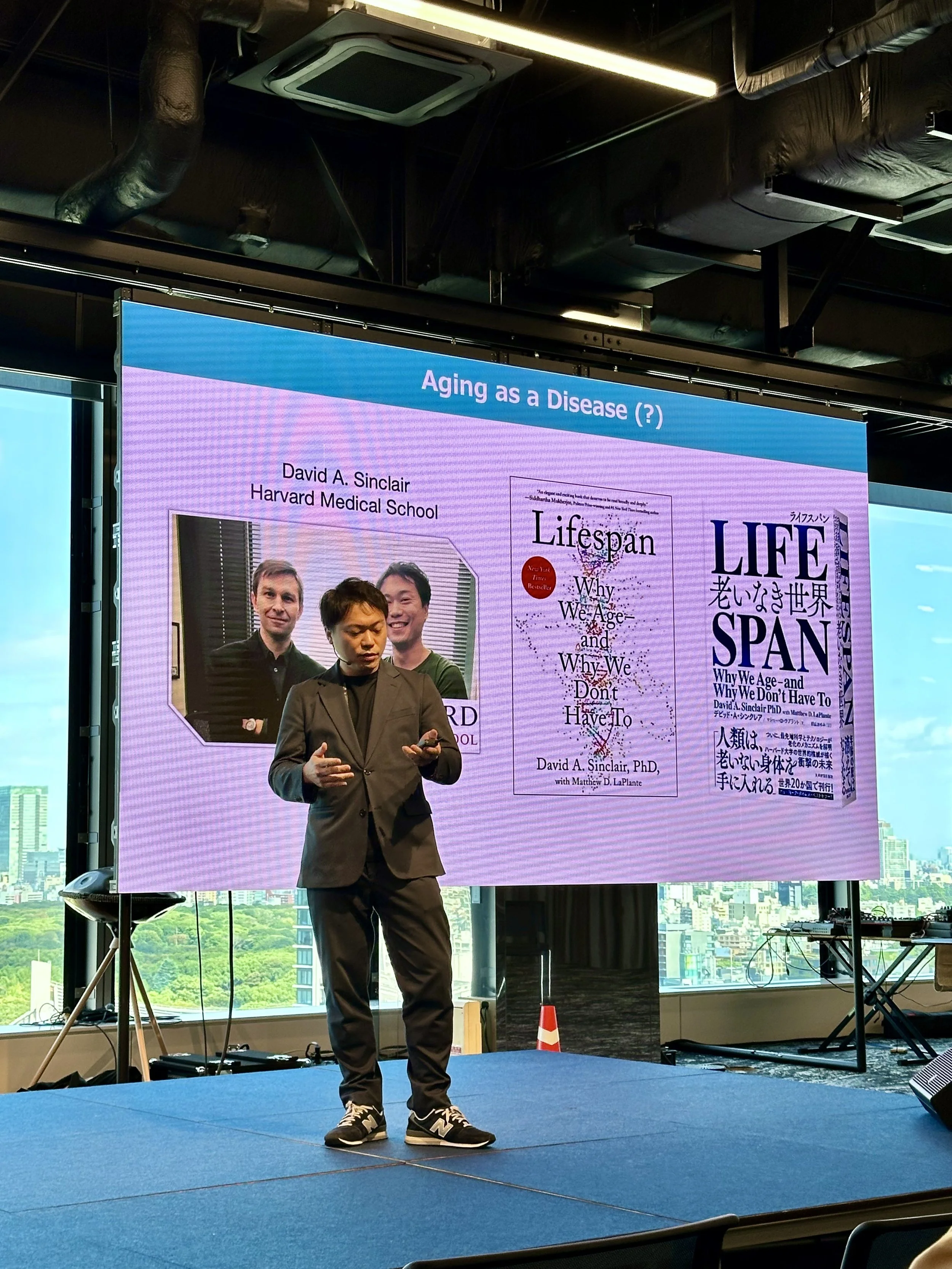

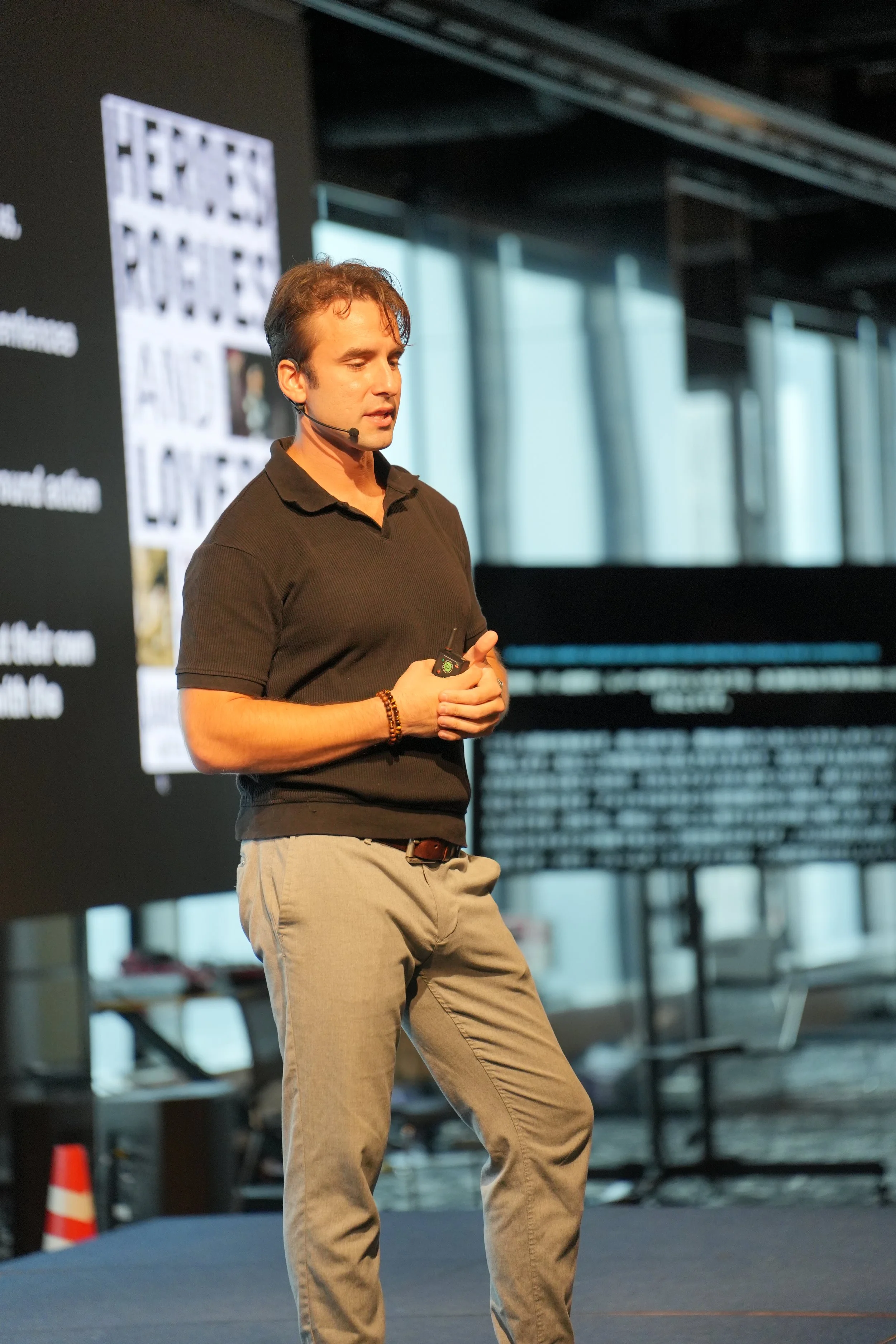

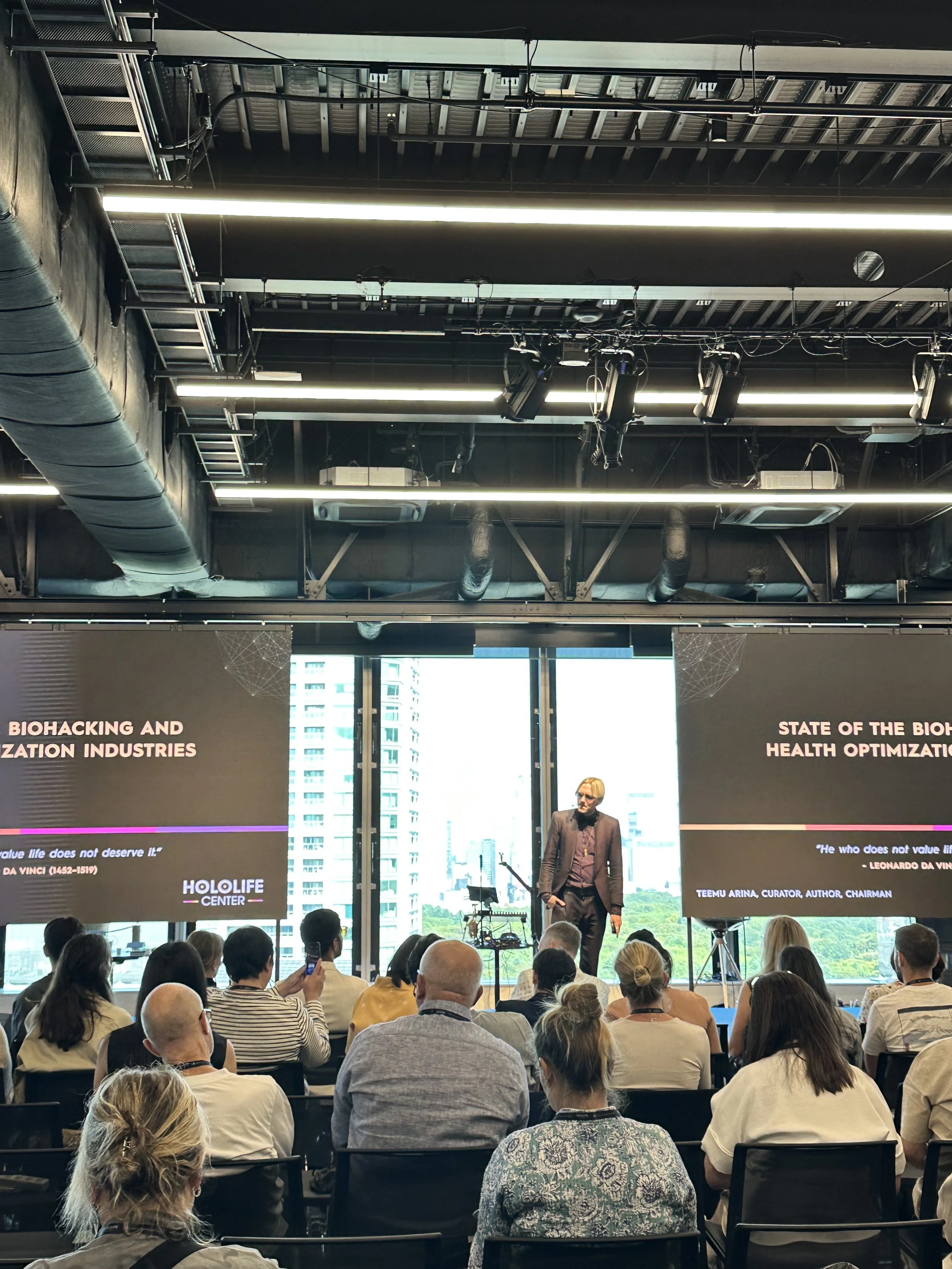

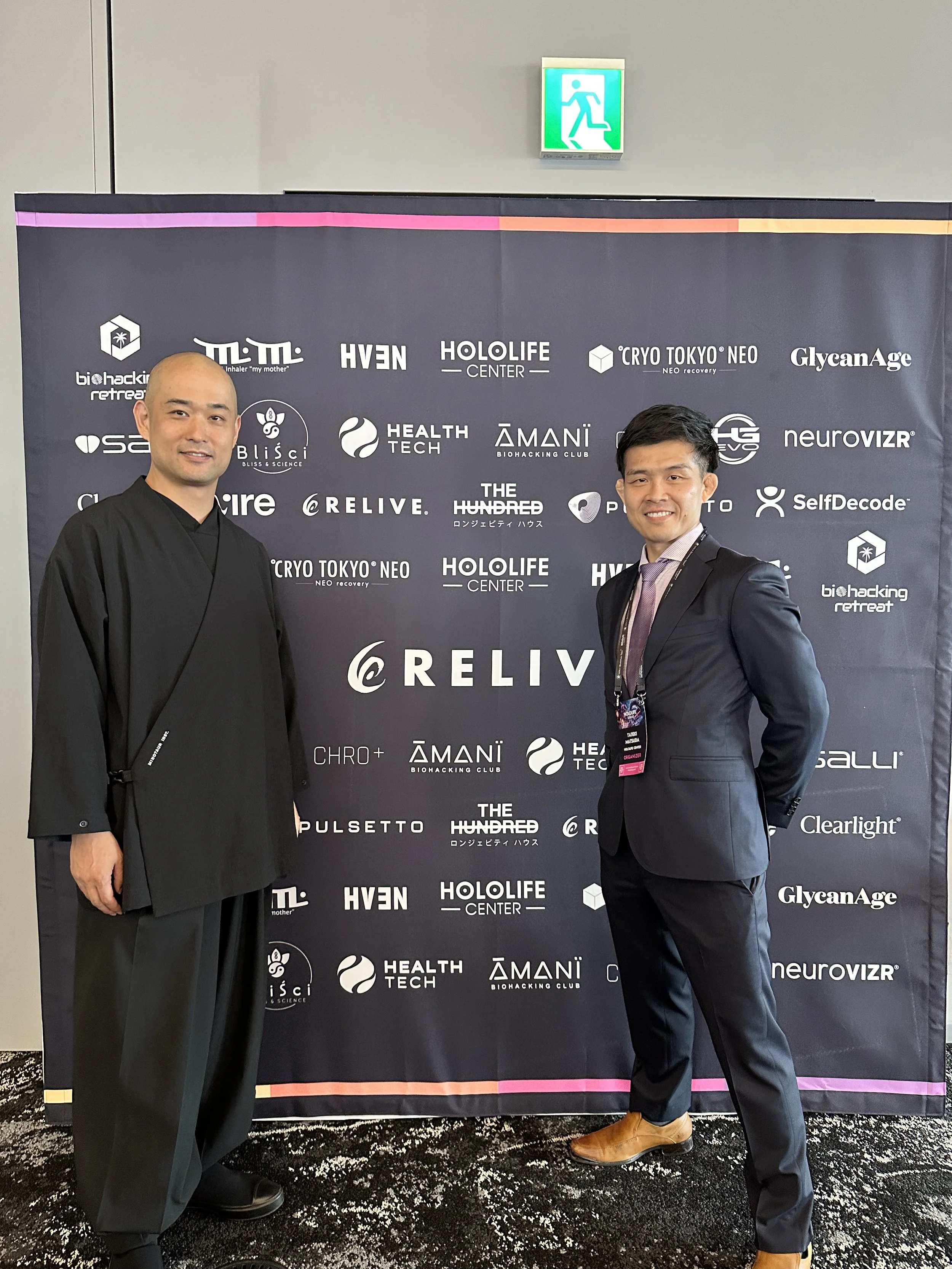


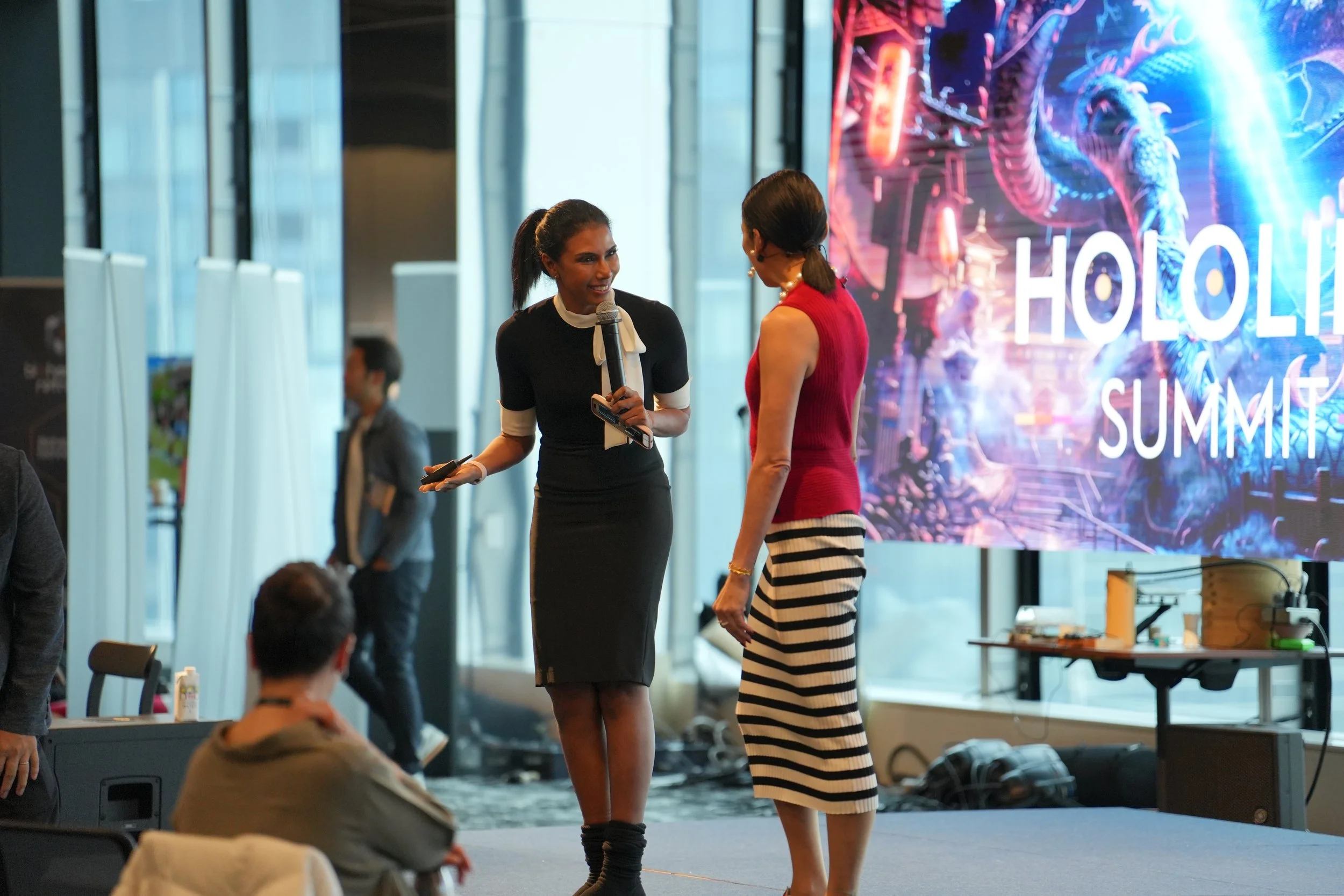

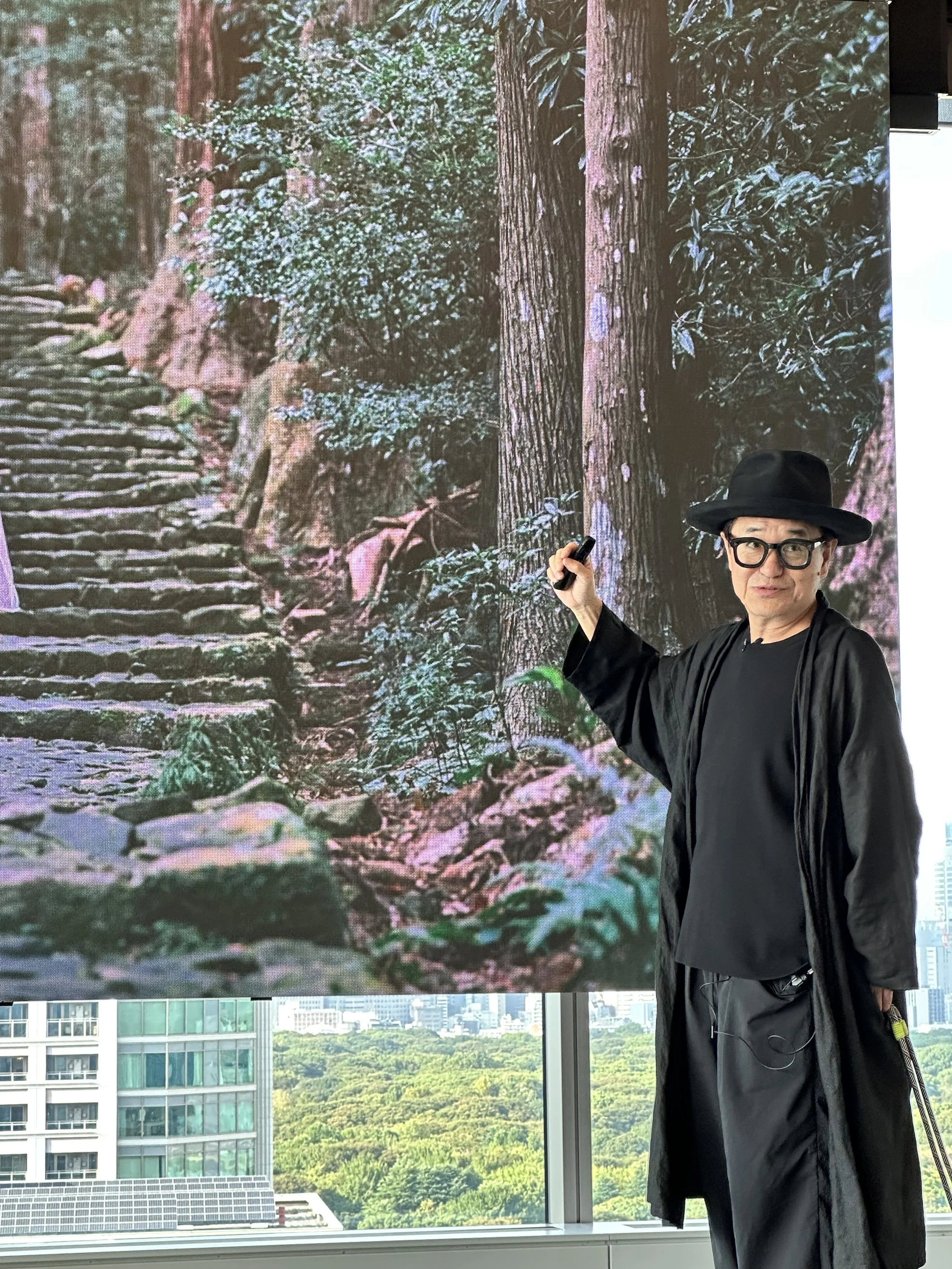


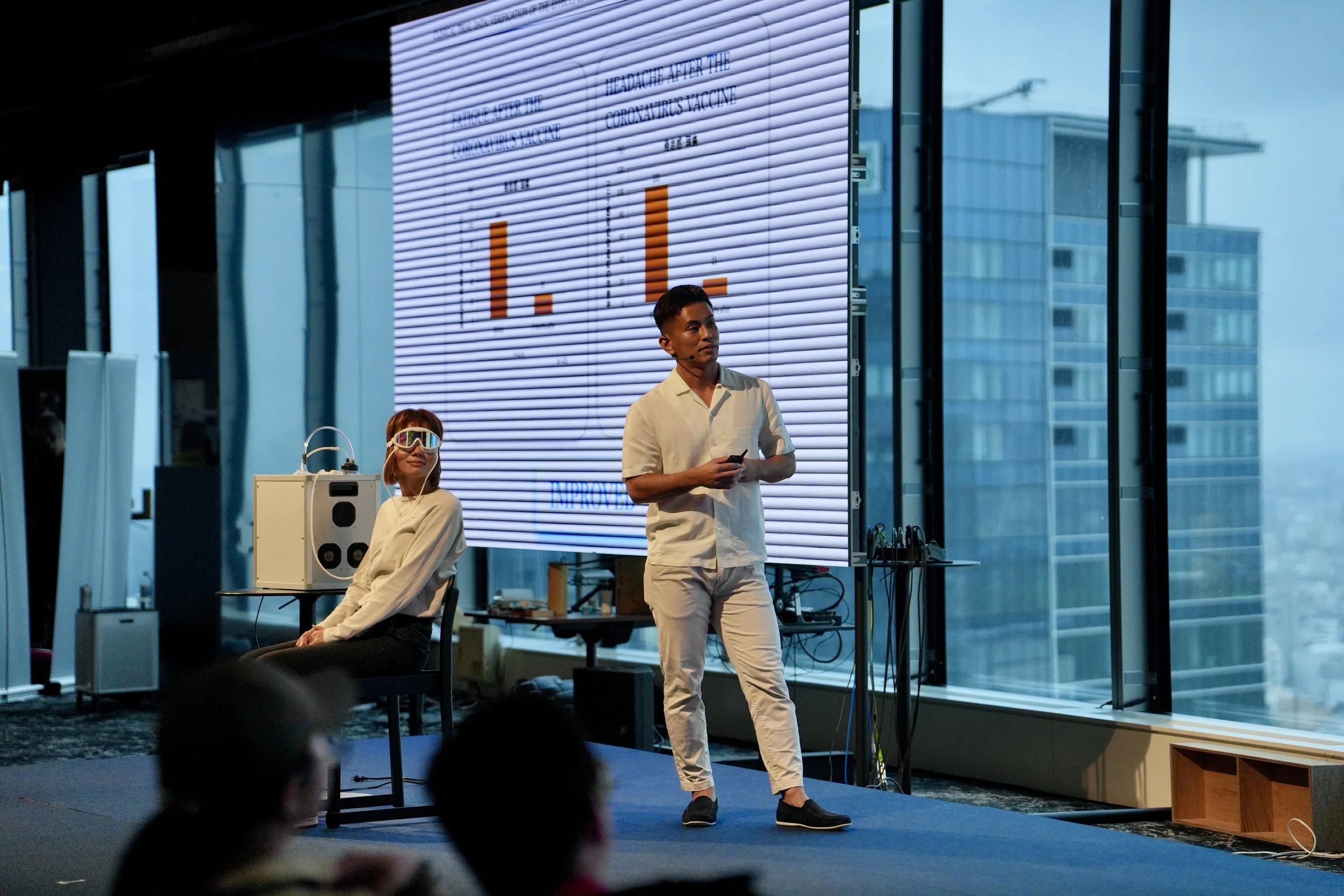

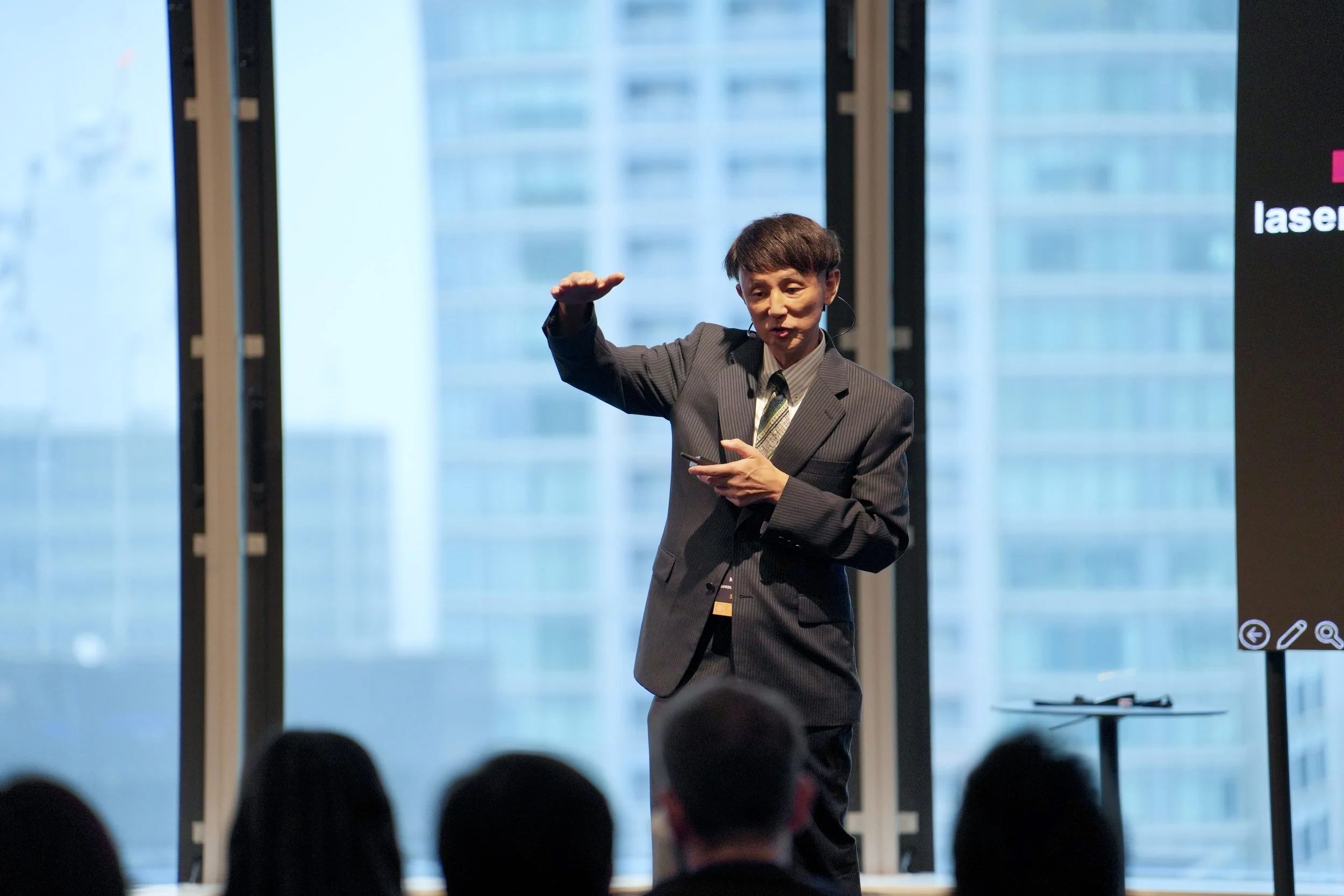

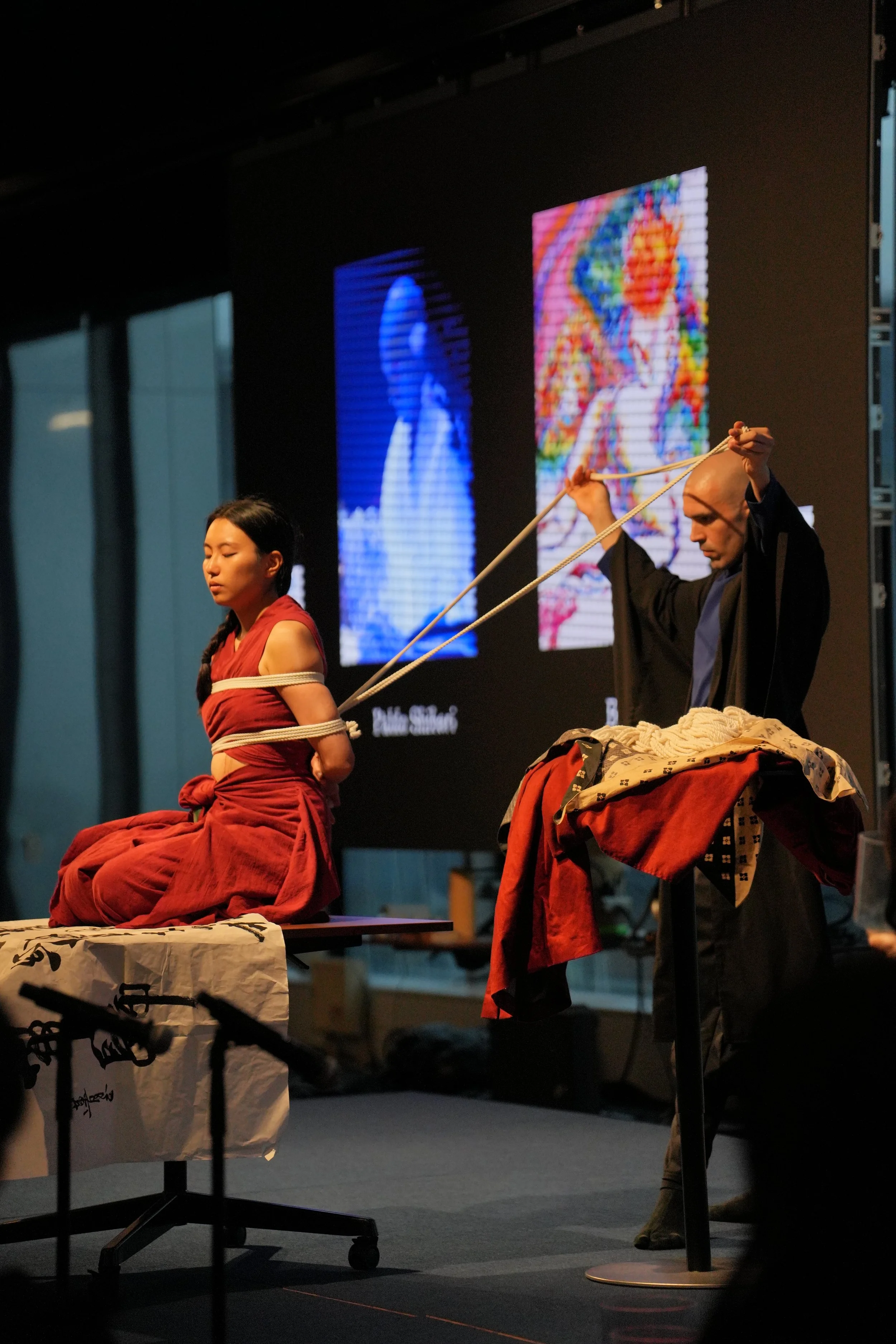
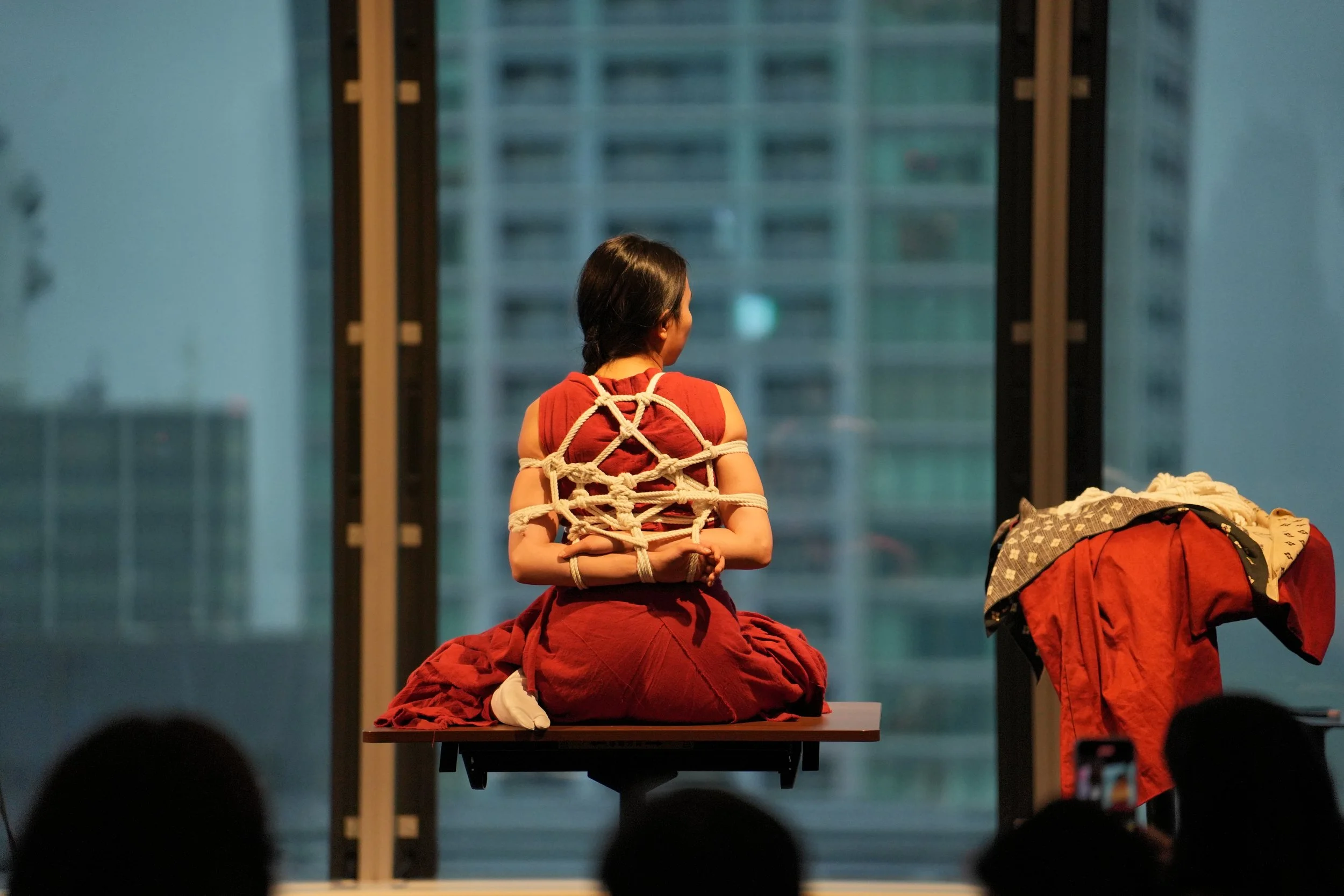

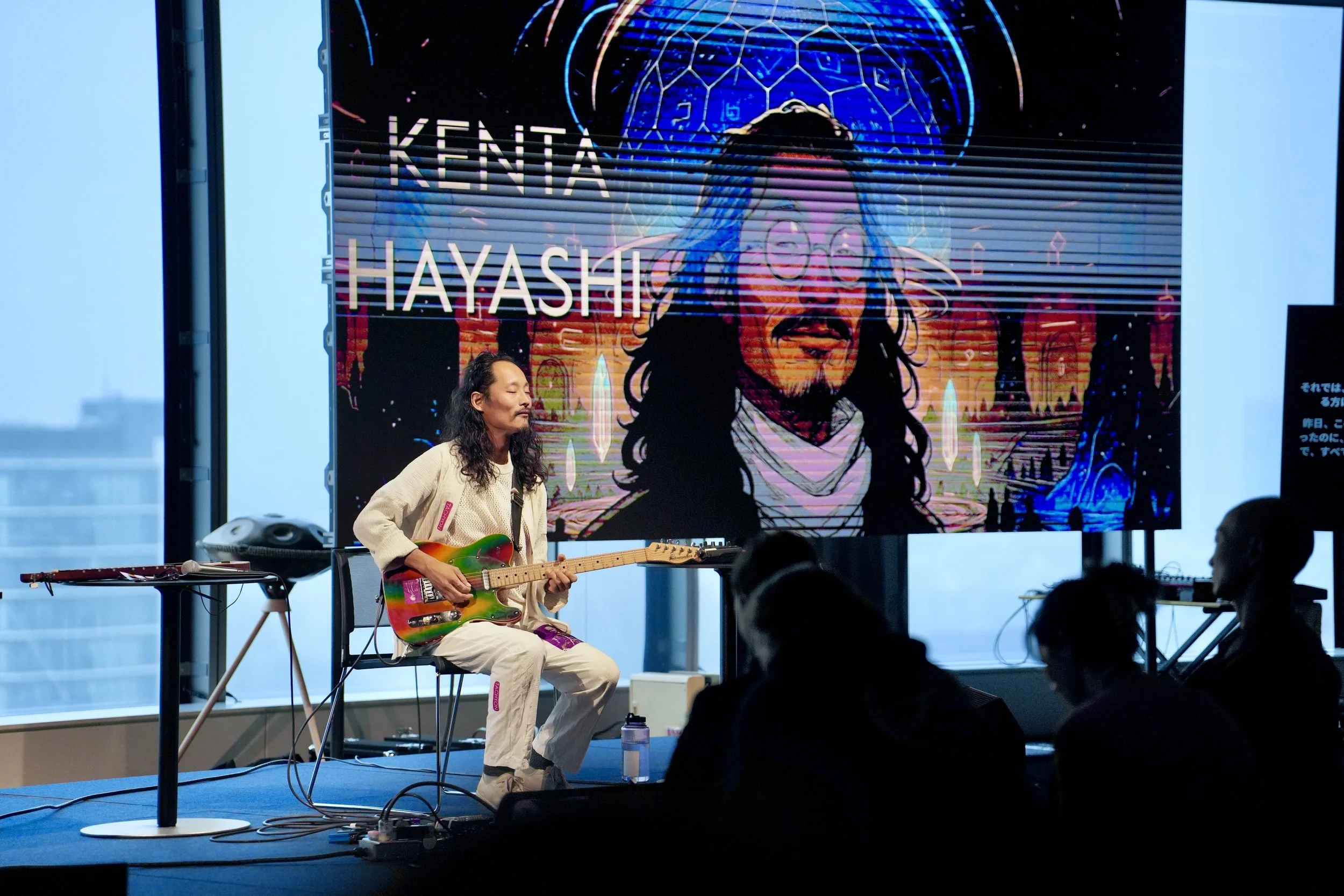
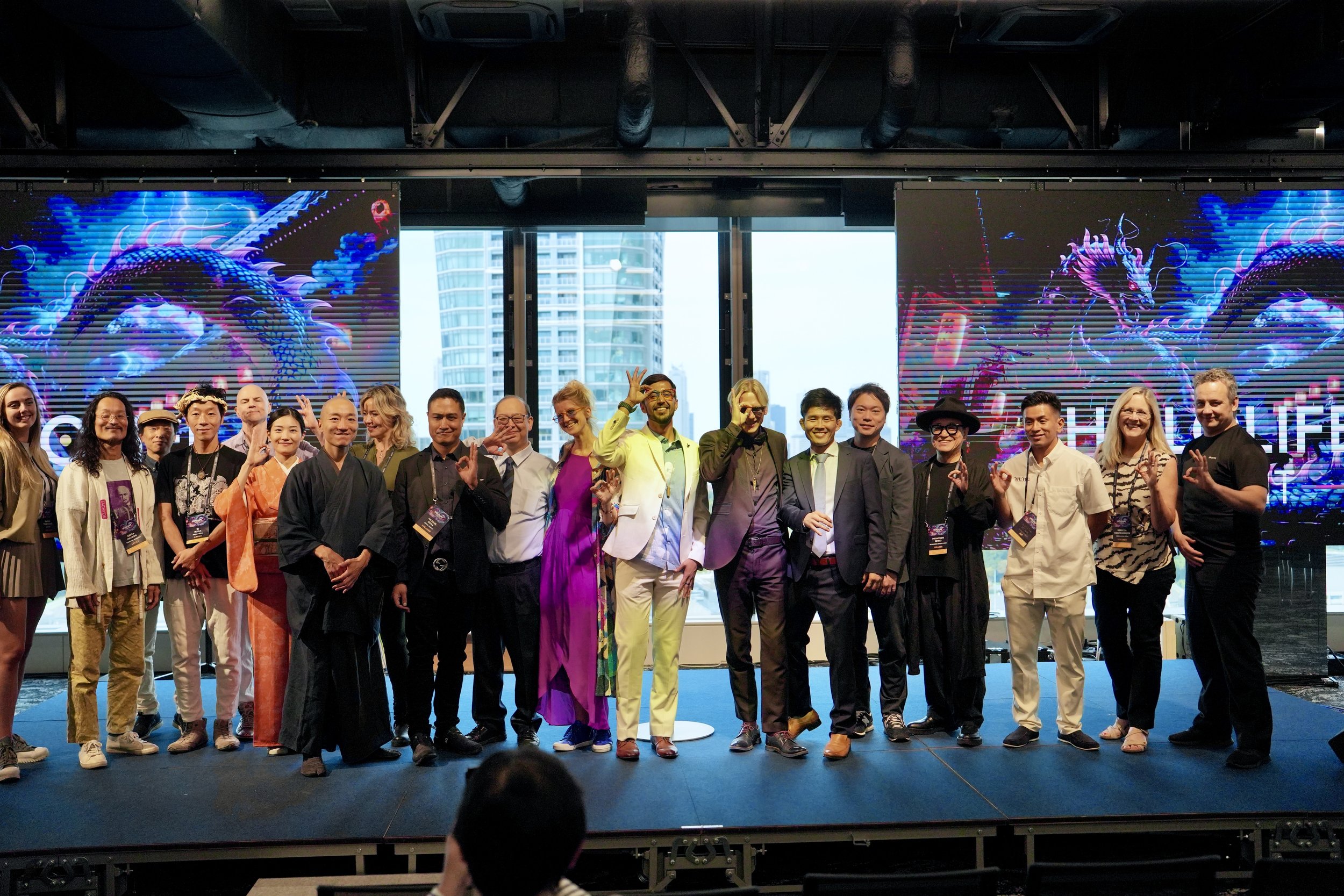
The $6.3 Trillion Reality Check
Before you dismiss this as philosophical musing, let me hit you with the economic reality. The global wellness economy has reached $6.3 trillion. That's already bigger than the pharmaceutical industry and accounts for 60% of total healthcare spending globally. The biohacking industry is explicitly growing at 19% annually. At-home wellness technology: 24% annual growth. At-home recovery and relaxation tech: an astounding 27.5% year-over-year growth.
This isn't a niche hobby for tech executives. This is a macroeconomic shift that's reshaping how humanity thinks about health, aging, and human potential.
But here's where it gets interesting. Look at how different regions are approaching this opportunity:
North America operates with a pharmaceutical mindset—single-molecule solutions, patent protection, treating the body like a machine to be hacked. They're good at innovation but terrible at integration.
Europe has innovation throttled by regulation. AI guidance is restricted, "novel foods" limitations prevent traditional remedies from reaching the market, and bureaucracy moves at the speed of geological time. They have the science but not the speed.
Asia-Pacific shows explosive growth, deep tradition, and high technology adoption. But within this region, one country stands apart with a unique convergence of factors.
Japan combines traditional wisdom, consumer trust, technological sophistication, demographic pressure, and a regulatory structure that actually enables innovation rather than stifling it.
The next wellness superpower isn't Silicon Valley. It's Japan. And I'm about to show you exactly why.
The Four Pillars of Japan's Wellness Dominance
Pillar 1: Cultural DNA That Silicon Valley Can't Code
Japan has been practicing preventative longevity since before the West had a word for it. These aren't trends that need to be marketed or taught—they're embedded in daily life.
Ikigai (生き甲斐) isn't just a concept to be workshopped at a corporate retreat. It's the reason an 80-year-old sushi master still wakes up at 4 AM to select fish at Tsukiji market. It's purpose so deeply integrated that retirement as the West knows it doesn't exist. You don't stop contributing; you evolve how you contribute.
Hara Hachi Bu (腹八分目)—eating until 80% full—isn't a diet. It's a philosophy of enough, of leaving space, of respecting your body's signals over external portion sizes. It's why Japan maintains one of the lowest obesity rates in the industrialized world.
Onsen culture normalized recovery and thermal therapy centuries before anyone coined the term "heat shock proteins." Forest bathing (森林浴) was prescribed for nature immersion for stress when the West was still debating whether stress was real. These aren't wellness trends Japan is adopting—they're practices Japan can teach.
Pillar 2: Demographic Pressure as Innovation Catalyst
Japan's aging population isn't a crisis—it's a crucible for innovation. With nearly 30% of the population over 65 and 100,000 centenarians, healthy aging isn't a niche market segment. It's national survival.
This pressure has created an entire ecosystem of innovation that doesn't exist elsewhere. Japanese companies aren't developing anti-aging solutions for some hypothetical future market—they're solving real problems for millions of customers who need solutions today. The feedback loop is immediate, the iteration is constant, and the stakes are existential.
When 97% of your population says health is their top priority, you don't get to launch half-baked wellness products with good marketing. You have to deliver real results.
Pillar 3: High Trust, High Adoption, High Standards
Here's what Silicon Valley doesn't understand about Japan: 74% of consumers purchase online, and 69% already use health data-sharing apps. The market is digitally sophisticated and ready for innovation—but only if it meets their standards.
Japanese consumers don't just want innovation; they demand credibility. They'll adopt new technology faster than Americans if—and only if—it's proven safe, effective, and aligned with their values. This isn't a barrier to entry; it's a quality filter that ensures only the best solutions survive.
The trust factor cannot be overstated. While Americans argue about vaccine safety and Europeans regulate supplements out of existence, Japanese consumers have near-universal faith in their health system and regulatory bodies. When a product succeeds in Japan, it carries a credibility that money can't buy.
Pillar 4: The Regulatory Advantage Nobody Talks About
Japan's FOSHU system (Foods for Specified Health Uses) is a regulatory masterwork that neither America nor Europe has matched. It allows companies to make specific health claims if they have scientific evidence—imagine that, regulation based on evidence rather than bureaucracy.
94% of Japanese consumers recognize and trust the FOSHU seal. Compare this to America, where supplement claims are essentially the Wild West, or Europe, where traditional remedies used for centuries get blocked as "novel foods."
This creates a massive export advantage. "Made in Japan" functional health products can scale globally with built-in credibility. Japanese companies aren't just building products; they're building wellness IP with regulatory moats that competitors can't cross.
Panel Discussion: Joichi Ito & Toryo Ito
The Science Frontiers: This Isn't Your Grandfather's Tea Ceremony
Let me dispel any notion that Japan's wellness leadership is only about tradition. The scientific innovation I witnessed at HOLOLIFE Summit Tokyo rivals anything coming out of Stanford or MIT.
Epigenetic Rejuvenation: Rewriting the Aging Code
The conversation has shifted from managing decline to restoring function. Aging is increasingly understood not as accumulated damage but as information loss in the epigenetic layer—the software that tells your DNA hardware what to do.
Japanese researchers are at the forefront of this revolution. They're not just studying Yamanaka factors (for which Japanese scientist Shinya Yamanaka won the Nobel Prize); they're developing practical applications for partial cellular reprogramming. This isn't science fiction—it's active research happening in labs from Kyoto to Tokyo.
But here's where Japanese philosophy adds crucial nuance: they understand that your mental state, your stress levels, your sense of purpose—these all affect the epigenetic signals. A bitter, stressed executive taking every cutting-edge supplement will age faster than a purposeful shopkeeper who tends his garden. The biology responds to the consciousness.
AI-Driven Hyper-Personalization: The End of One-Size-Fits-All
The next wave of wellness technology aggregates everything—biomarker labs, genetic data, wearable metrics, even photos of your meals—into AI systems that provide genuinely personalized recommendations. Not "10 tips for better sleep" but "Here's exactly what you need tonight based on your unique biology and today's specific stressors."
Japanese companies are pioneering metrics like the "Western Lifestyle Index," helping people understand how far their behavior has drifted from what their biology can sustain. It's not about shame; it's about awareness and course correction.
The future of wellness is N=1. Every person becomes their own clinical trial, their own data set, their own optimization algorithm. And Japan's combination of technological sophistication and cultural respect for individual dignity makes it the ideal laboratory for this revolution.
The New Modalities: Beyond Supplements and Saunas
At the summit, I experienced modalities that sound like science fiction but are available today:
Atomic hydrogen therapy targets oxidative stress by neutralizing the most toxic free radicals without disrupting beneficial signaling. It's selective antioxidant therapy—smart bombs instead of carpet bombing.
Whole-body cryotherapy at -100°C for 2-3 minutes creates a systemic reset—inflammation drops, metabolism shifts, the nervous system recalibrates. It's controlled stress that makes you stronger, the principle of hormesis taken to its logical extreme.
Circadian optimization technology uses continuous core body temperature tracking to time everything—food, training, sleep, even important decisions—to your internal clock rather than the external world. It's living in harmony with your biology rather than fighting it.
These aren't coming someday. They're happening now, in Tokyo, in clinics and centers that look like they're from 2050.
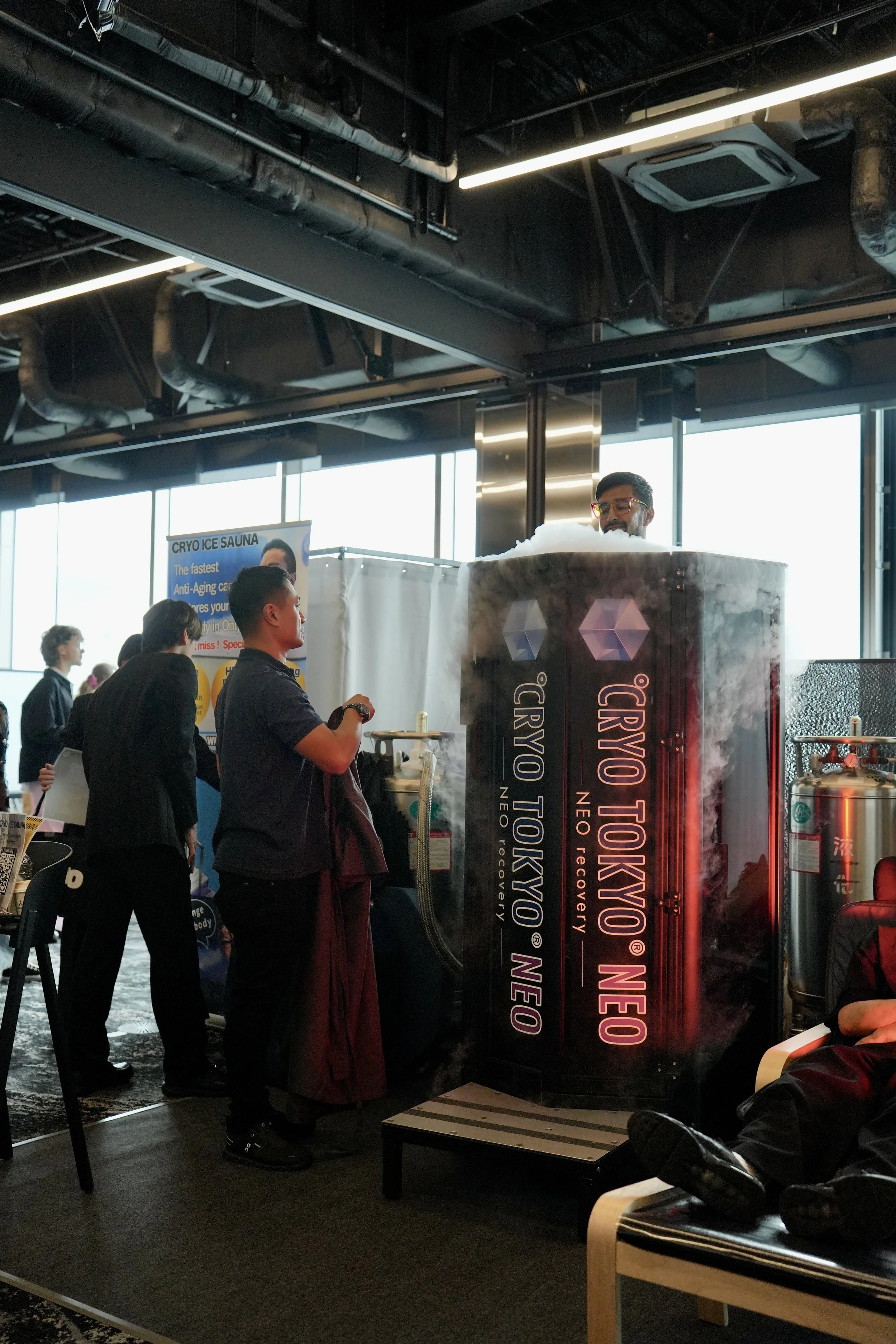
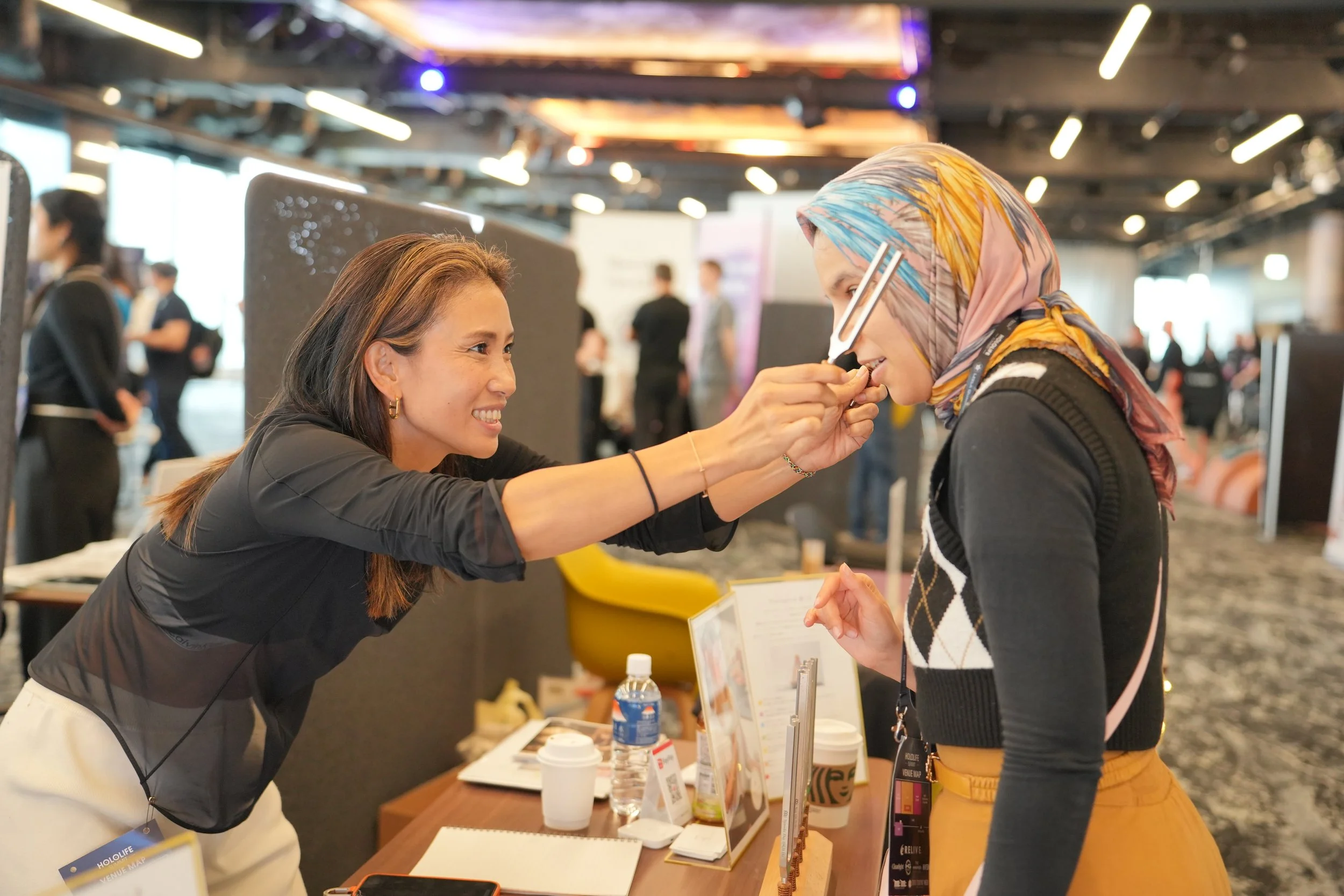




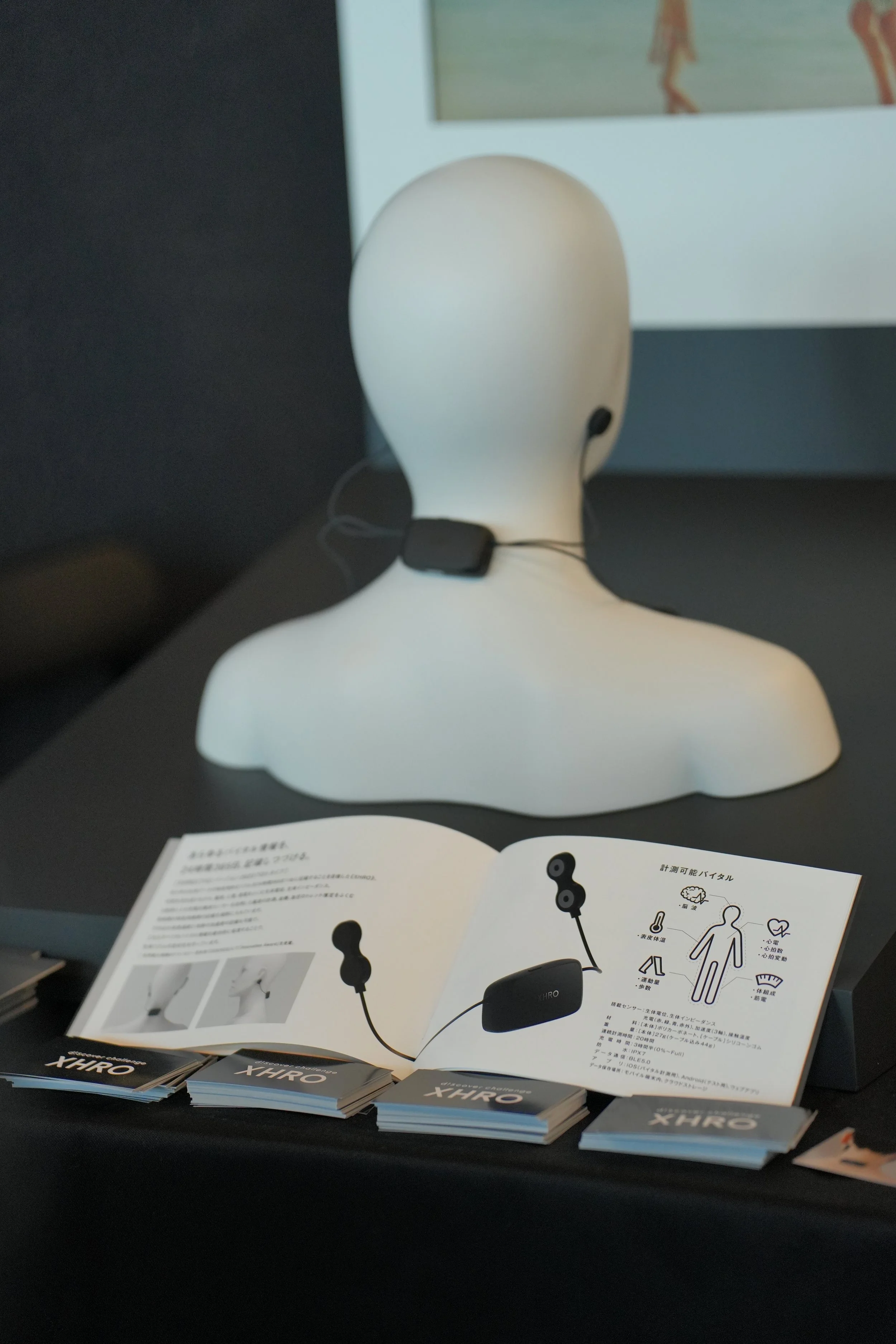

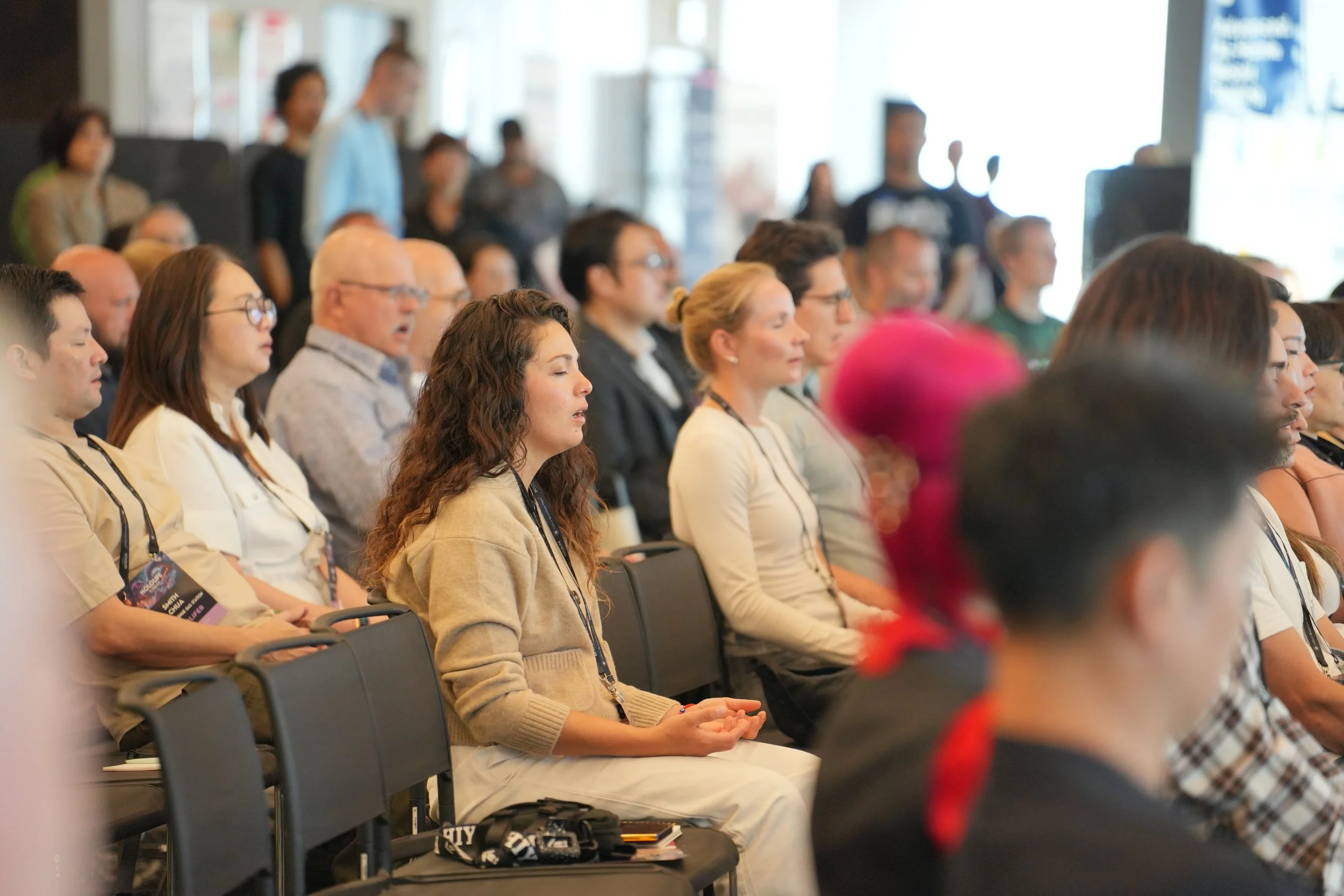
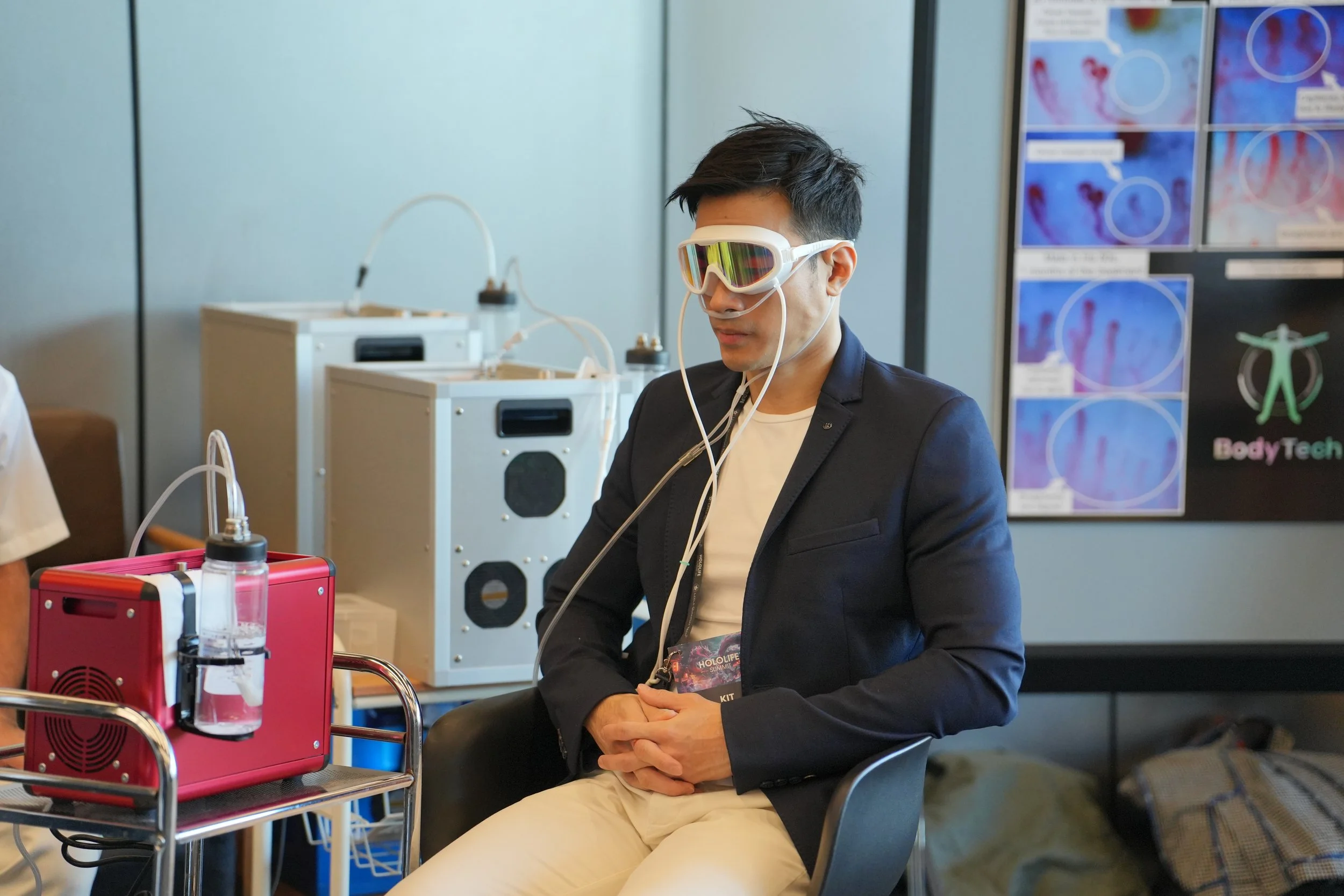

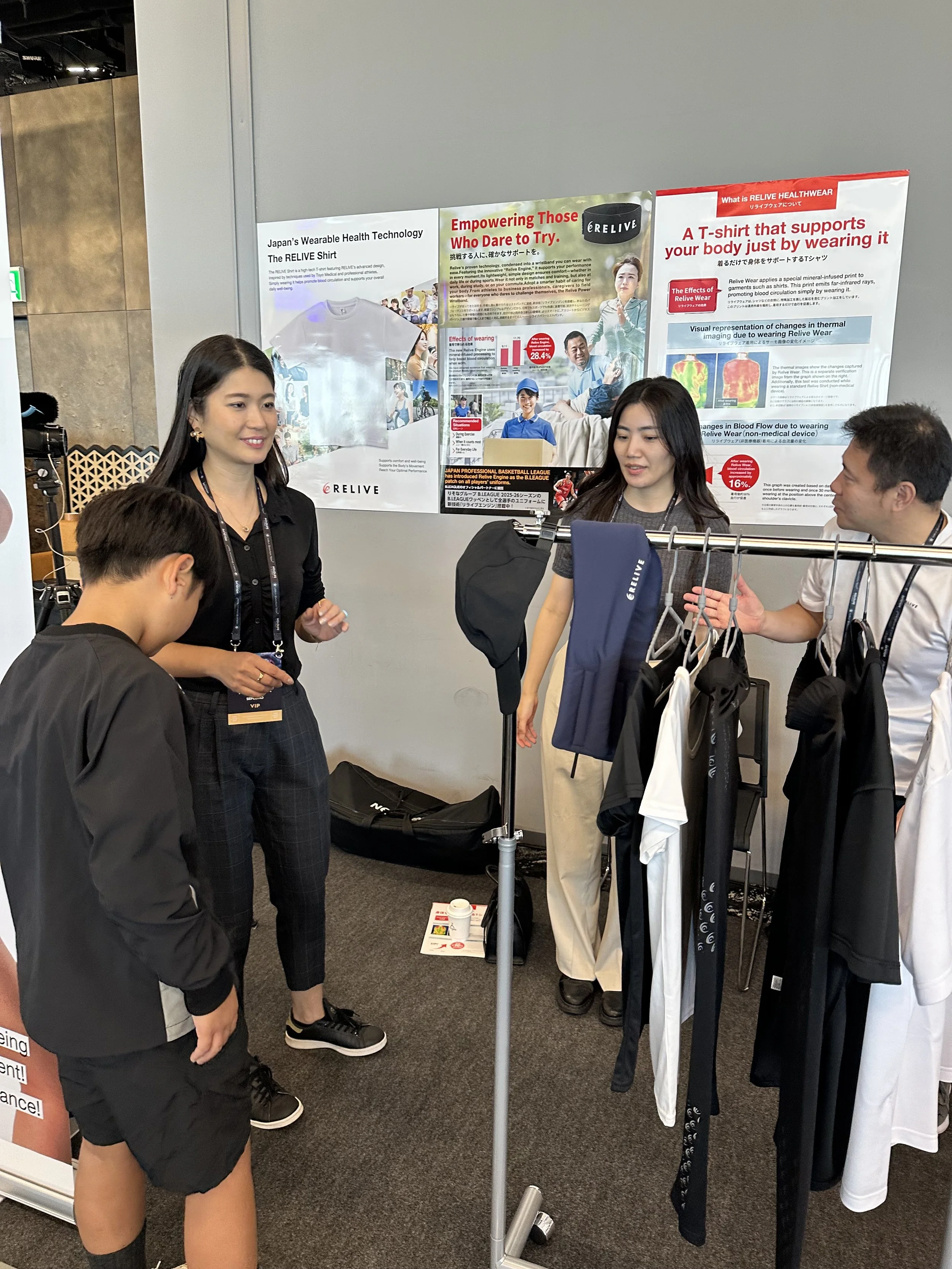

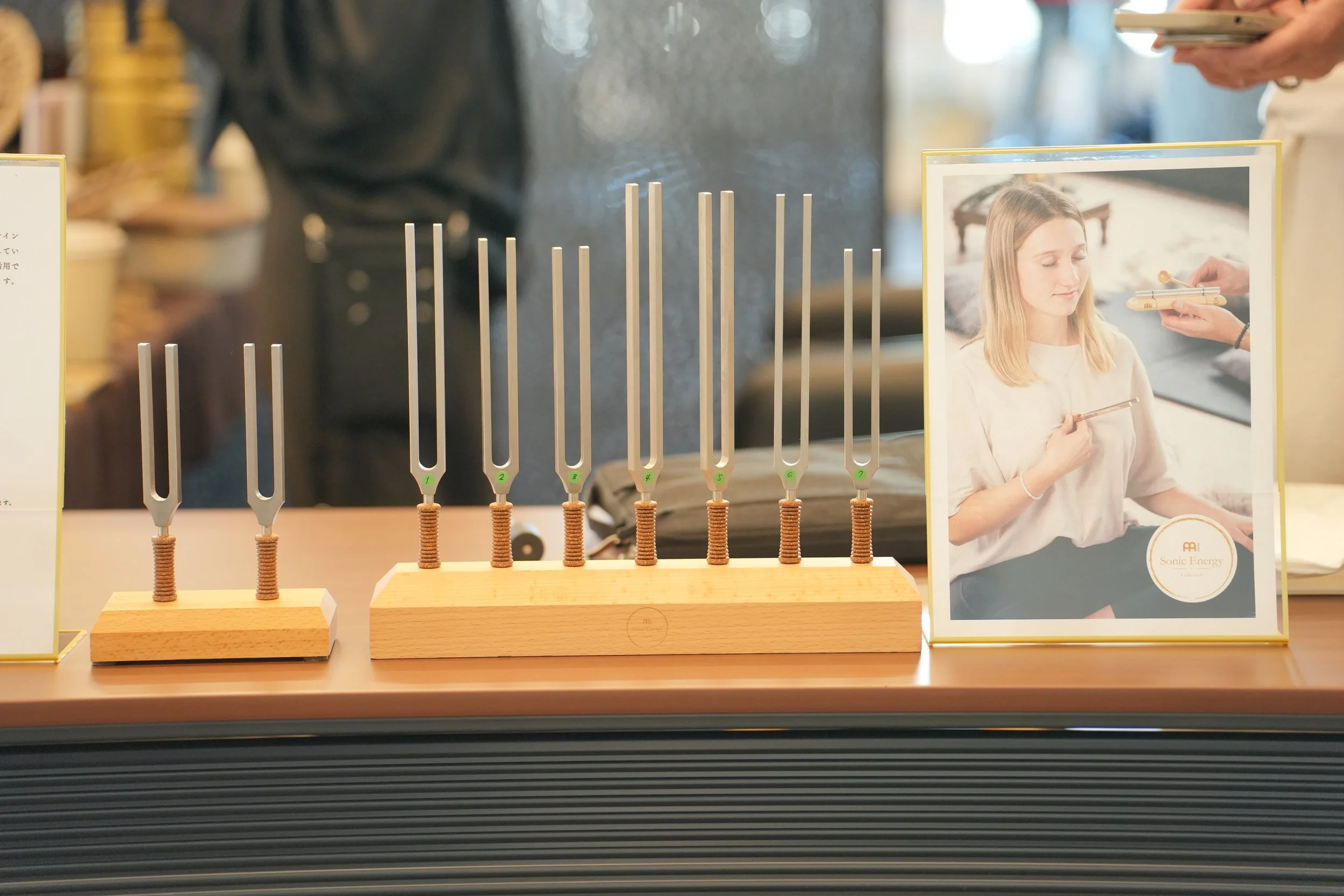
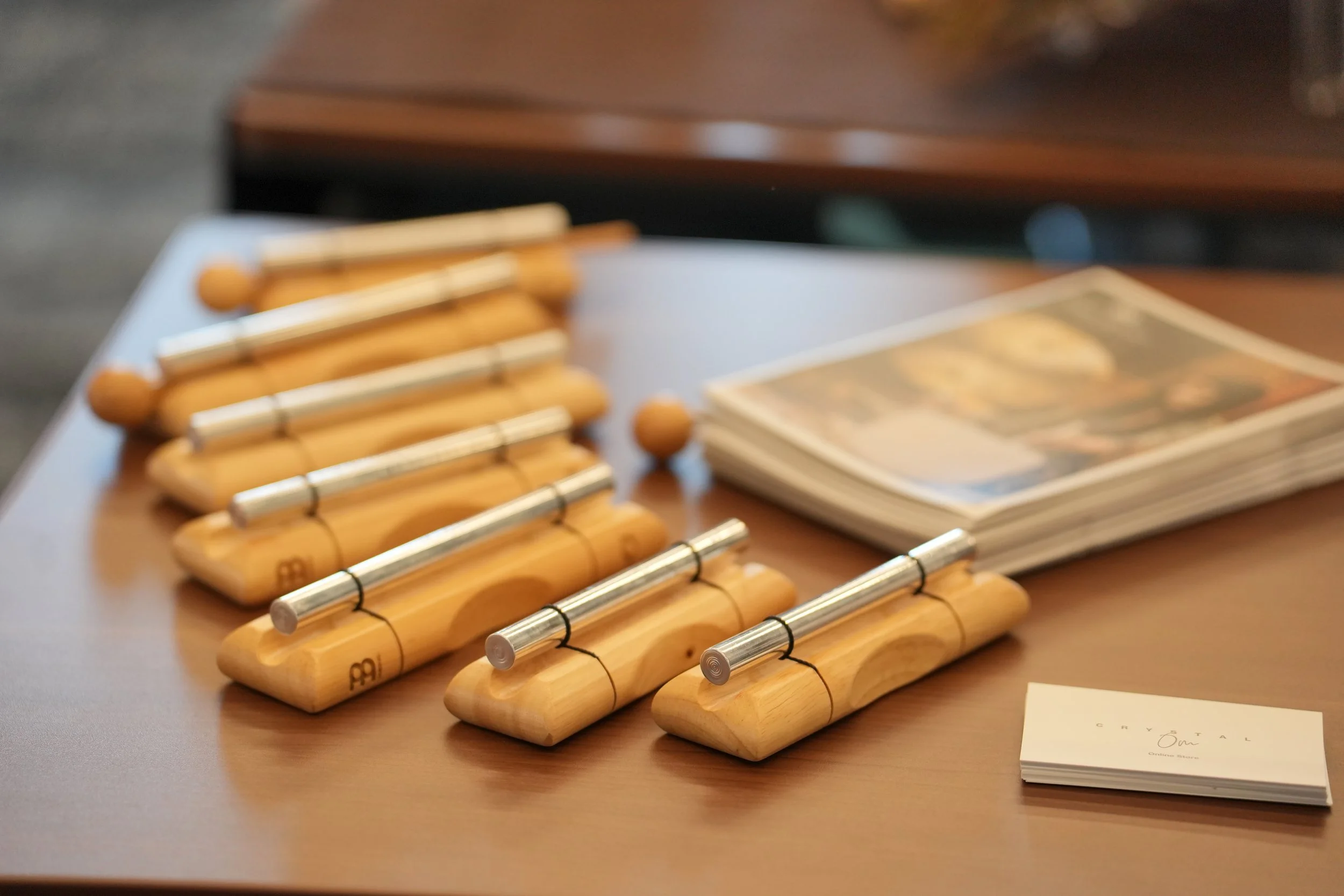
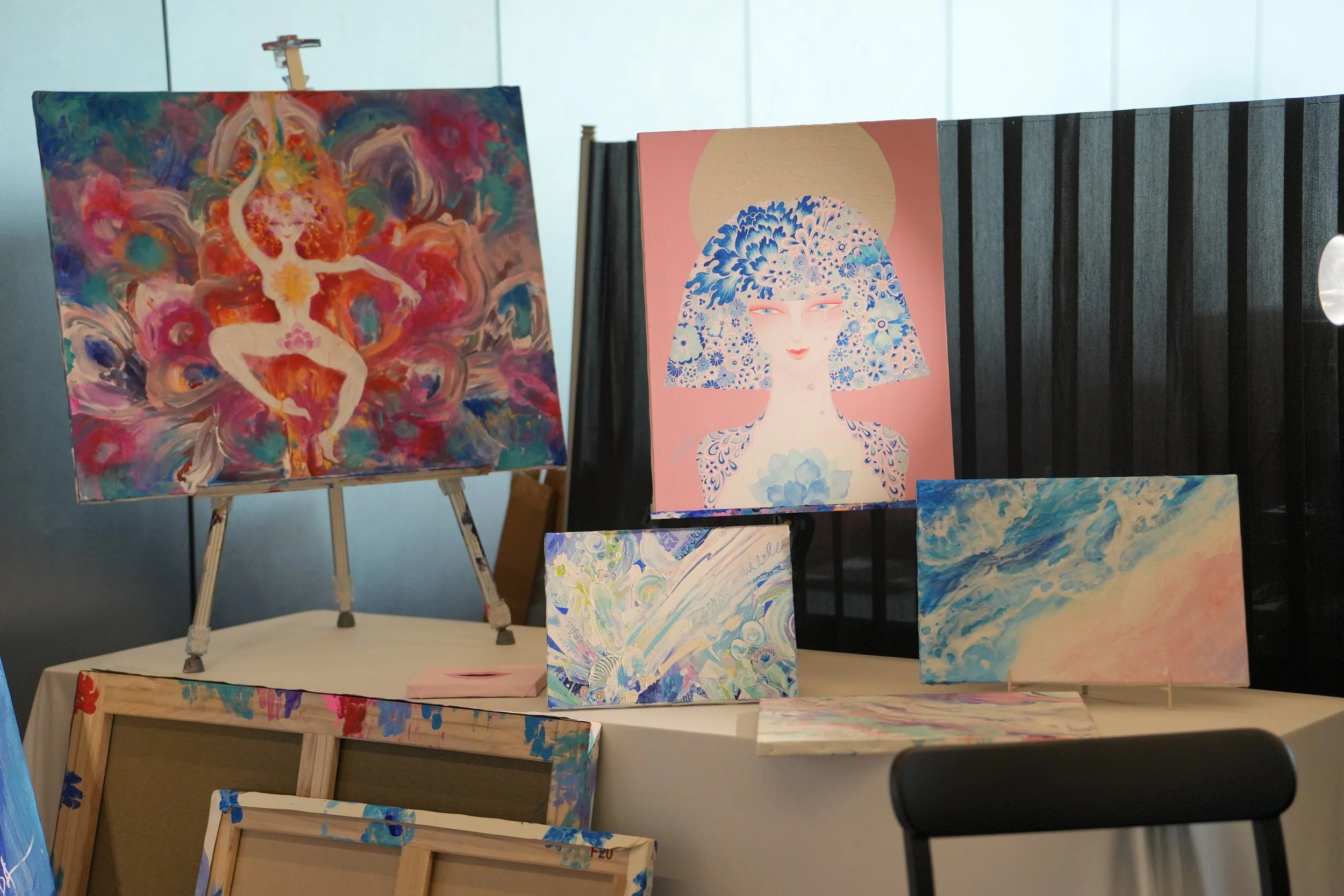
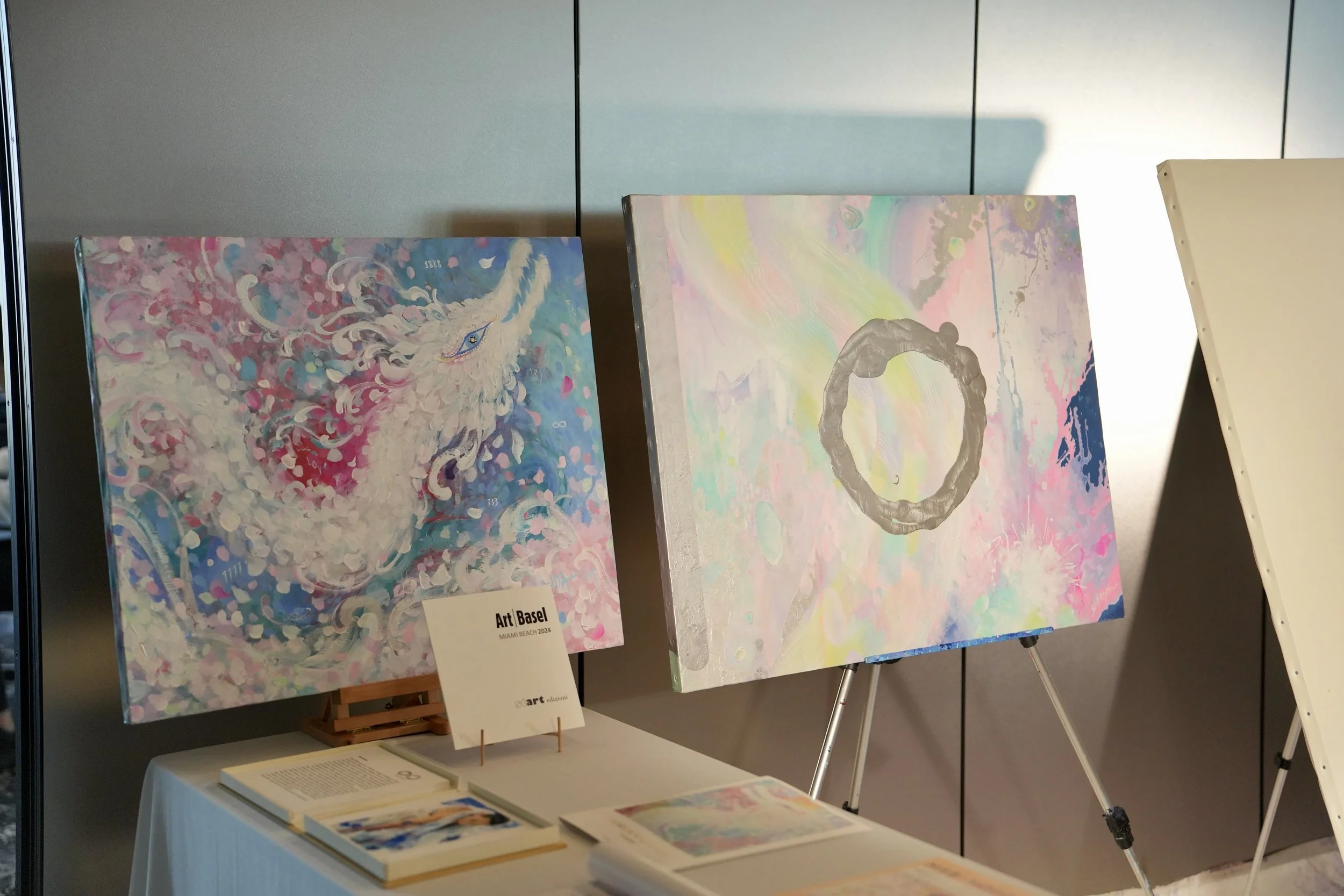
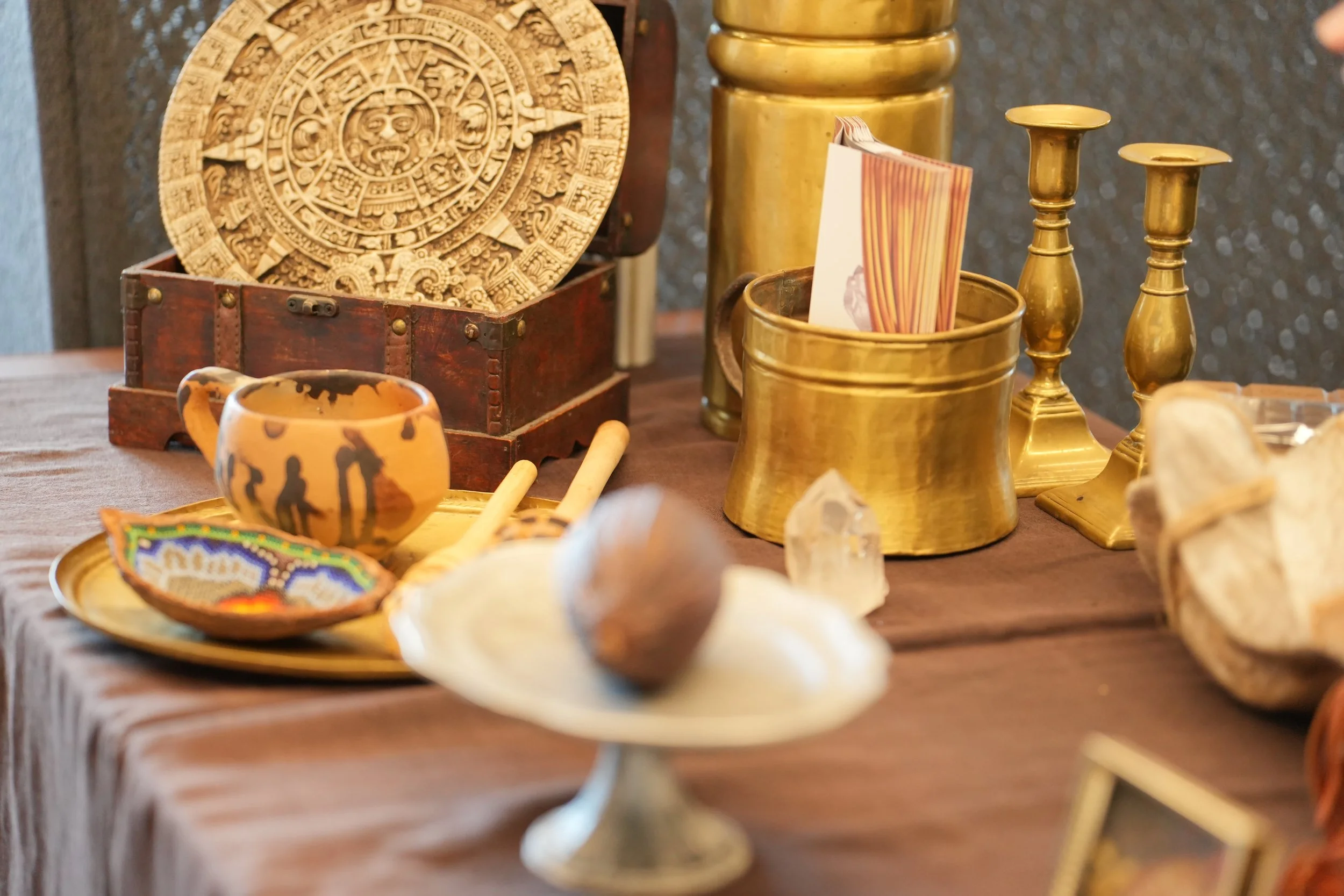
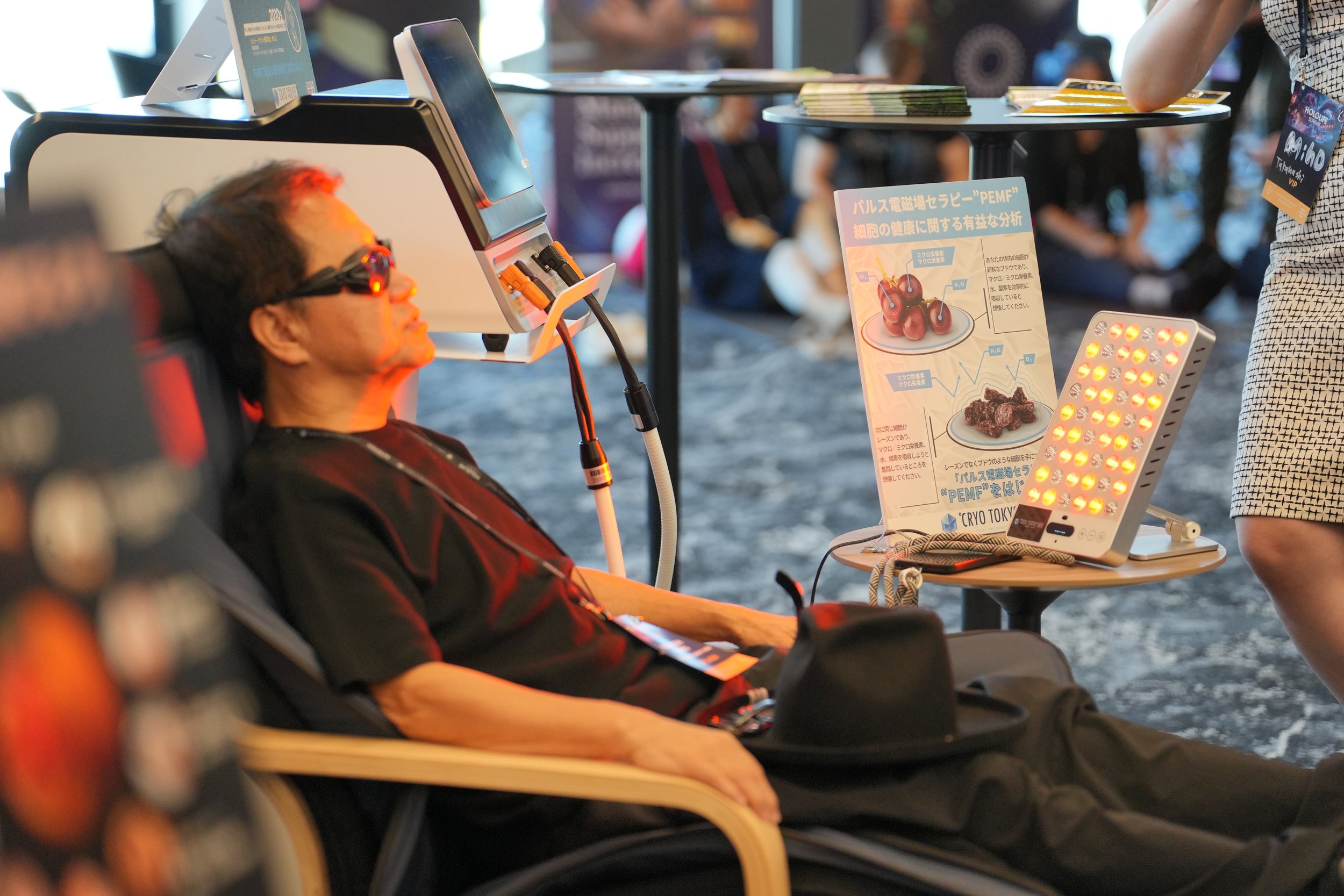
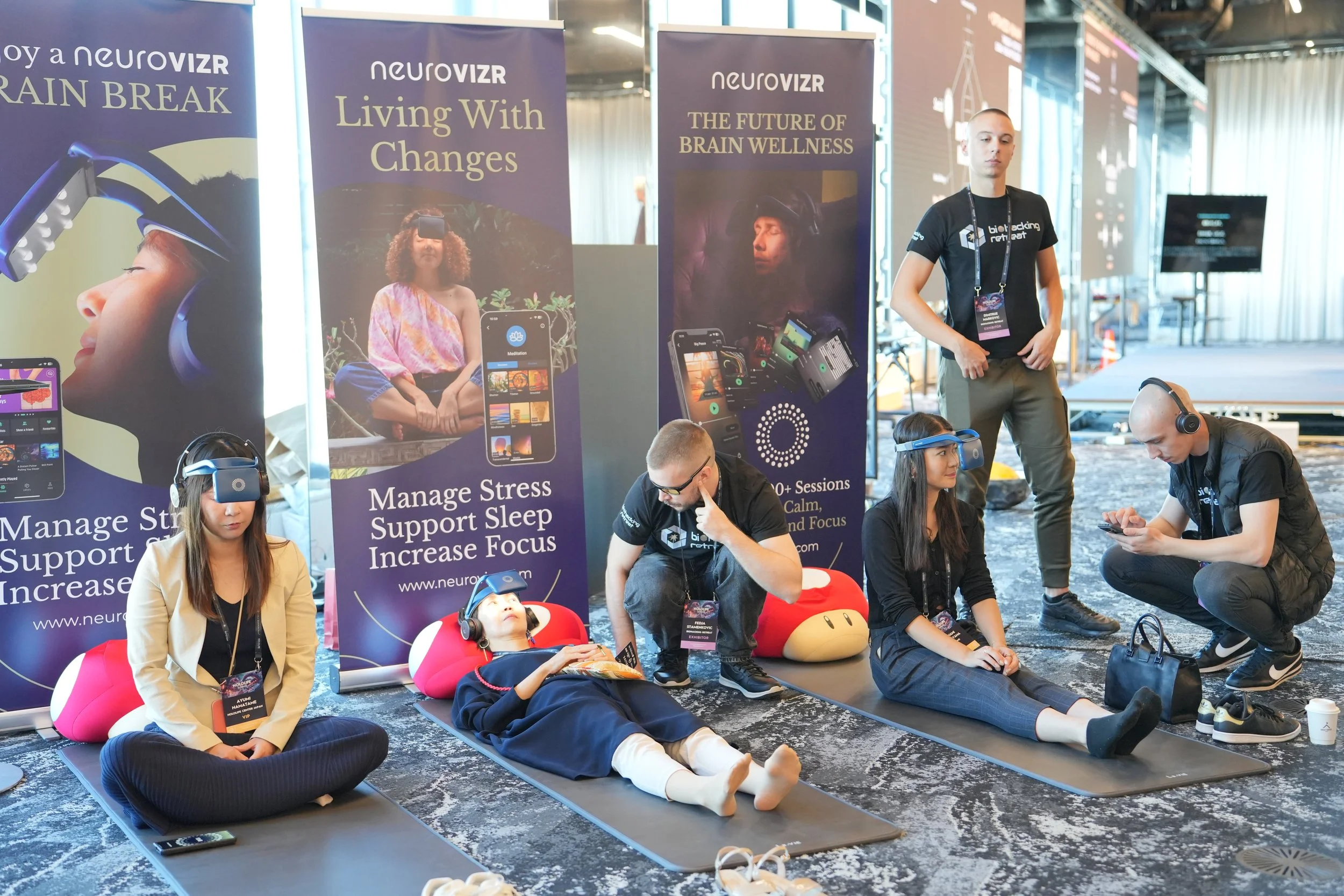

The Microplastic Wake-Up Call: Why Individual Optimization Isn't Enough
Now let me return to that microscope, to those plastic particles infiltrating everything. We're ingesting 5 grams of microplastics weekly. They're not passive—they're Trojan horses, absorbing heavy metals and toxins, crossing the blood-brain barrier, literally clogging the cellular machinery meant to keep us clean.
You cannot supplement your way out of this. You cannot optimize your morning routine enough to compensate. This is systemic poisoning that requires systemic solutions—policy, innovation, collective action, and yes, philosophy.
This is why Holo Life matters. We're not just optimizing for longevity; we're trying to maintain human health in an increasingly toxic world. It requires integration of personal practice, technological innovation, community support, and societal change.
Japan understands this intrinsically. The concept of "mottainai"—regret for waste—creates cultural antibodies against the disposable culture that causes these problems. The emphasis on collective wellbeing over individual gain means solutions that consider the whole system rather than just personal optimization.
Ikigai: The Category That Changes Everything
This brings us to the strategic opportunity, the thing that unifies everything I've been describing: Ikigai.
Definition: Merging Japanese purpose-driven lifestyle principles with advanced science and precision data. It's not "hack your body to get abs." It's "align your biology with your mission so you can continue contributing—for decades."
This is the differentiator that neither the USA nor Europe can replicate. It requires cultural depth they don't have, regulatory intelligence they haven't developed, and a philosophical framework that sees longevity not as an end but as a means to sustained contribution.
The Inbound Play: Entering the Japanese Market
For international wellness brands looking at Japan, here's the reality: Japan is not hard to enter because it's closed. It's hard to enter because it's serious.
You cannot copy-paste a Western product into Japan. The standards are different, the expectations are higher, and the cultural context is everything. You need local partners who understand not just regulation but philosophy, not just marketing but meaning.
Relive Corporation, presenting at the summit, has sold 400 million units of functional wear domestically. They announced European expansion, but note the order—they conquered Japan first, then exported. That's the model: prove yourself in the world's most demanding wellness market, then scale globally with Japanese credibility.
The Outbound Play: Japan's Wellness Export Opportunity
Japan can export an integrated model that combines:
Scientific rigor with cultural wisdom
Traditional practices with technological innovation
Individual optimization with collective wellbeing
Regulatory credibility with market dynamism
Traditional recovery culture—onsen, alternating hot-cold therapy, fermented foods, mindful eating—is becoming a premium global lifestyle product. FOSHU-backed functional health products carry trust that Western supplements can't match. Japanese wellness technology is defined by an aesthetic and philosophy that make it not just effective but desirable.
This isn't about Japanese companies competing with Western wellness brands. It's about Japan defining an entirely new category that makes the old paradigm obsolete.
The new shape of Wellness introduced to Japan
The Movement, Not the Market
As I stood in that exhibition hall, watching participants and all chemistries among hololifers, I realized something profound.
This isn't about market share or investment opportunities, though both are massive. This is about a fundamental shift in how humanity approaches health, aging, and human potential. It's about moving from a model that treats the body as a machine to be hacked to one that sees life as art to be cultivated.
The Western wellness industry sells you solutions. Japanese wellness culture offers you a way of being. One creates customers; the other creates practitioners. One extends lifespan; the other expands life.
The Blueprint for a Different Future
Japan is becoming the blueprint for a healthier, more ethical longevity culture. Not because it's perfect—no culture is—but because it offers integration where others offer fragmentation, wisdom where others offer only data, and purpose where others offer only longevity.
The summit proved something critical: the world is ready for this shift. The sold-out tickets, the 70% international attendance, the depth of engagement—these aren't signals of a trend. They're indicators of a transformation.
We're moving from self-optimization to self-realization, from biohacking to Holo Life, from surviving longer to living fully. And Japan, with its unique combination of ancient wisdom and cutting-edge innovation, is positioned to lead this transformation.
This is not about living forever. It's about how you choose to live now—and what you're willing to stand for. As someone who's been in the ring, who's faced death and chosen life, I can tell you: longevity without purpose is just survival. That's not the game we're playing here.
Epic Closing Ceremony with Cymatics
Join the Movement
If you're building in wellness, longevity, recovery, nutrition, or human performance—Japan is not "the next market." It's the model.
This is where purpose, data, and responsibility finally meet. Where individual optimization serves collective evolution. Where adding years to your life is inseparable from adding life to your years.
The next HOLOLIFE Summit heads to Amsterdam in May 2026, but the movement continues here in Tokyo and globally. We're not just optimizing metrics. We're optimizing meaning. We're not just extending lifespan. We're expanding what it means to be truly alive.
This isn't just another wellness trend to observe. It's a revolution to join.
The question isn't whether you'll live to 100. The question is: if you do, will it have mattered?
Welcome to Hololife. Welcome to the Japanese wellness revolution. Welcome to the future of human potential.
The choice isn't between ancient wisdom or modern science. The choice is whether you'll remain stuck in the old paradigm or help create the new one. Japan isn't waiting for permission. Neither should you.
No Artist, No Culture
Tatekitchen
NEWS
OPTIMIZED LIFE
TATEKITCHEN
BLOG

